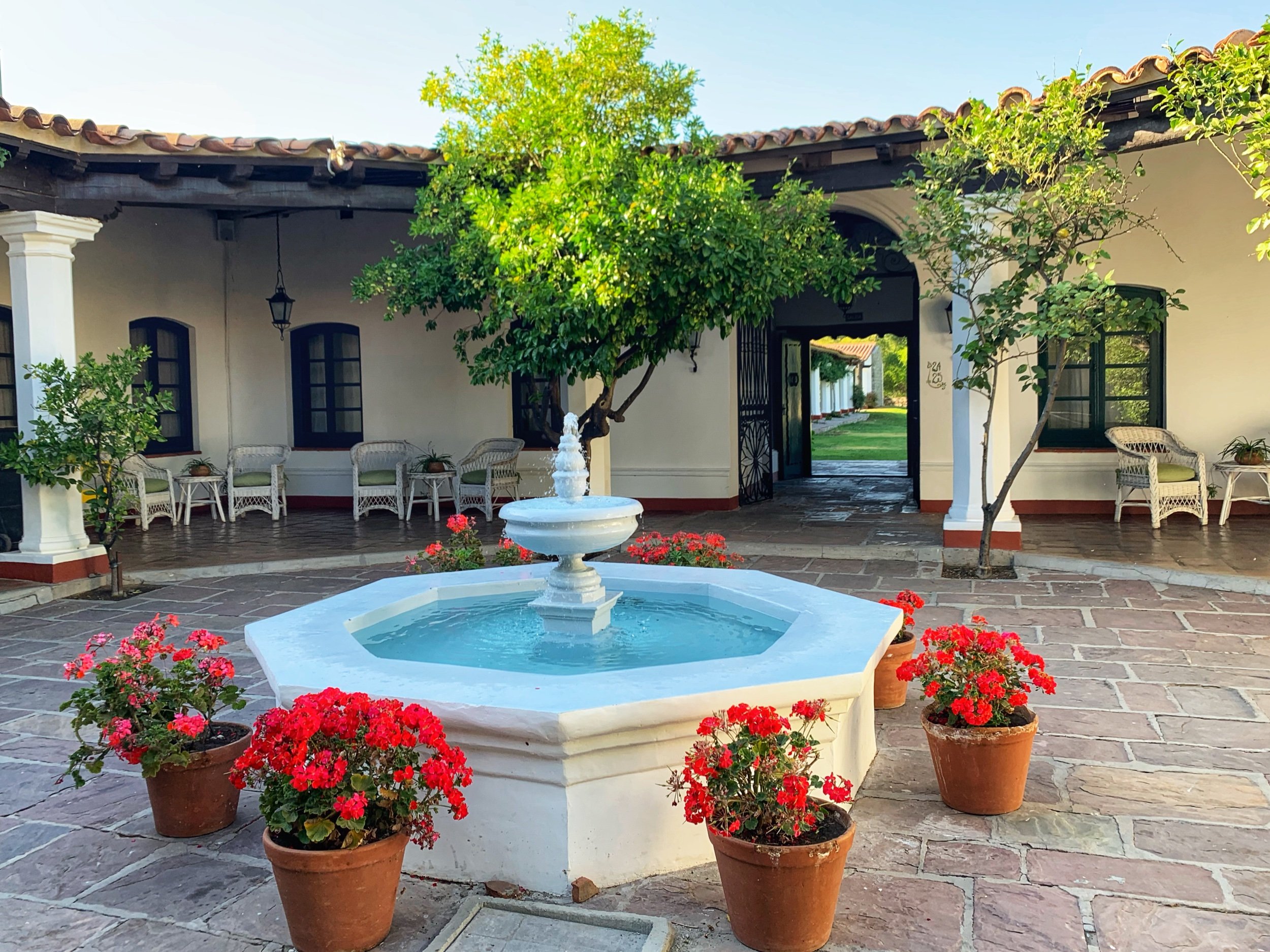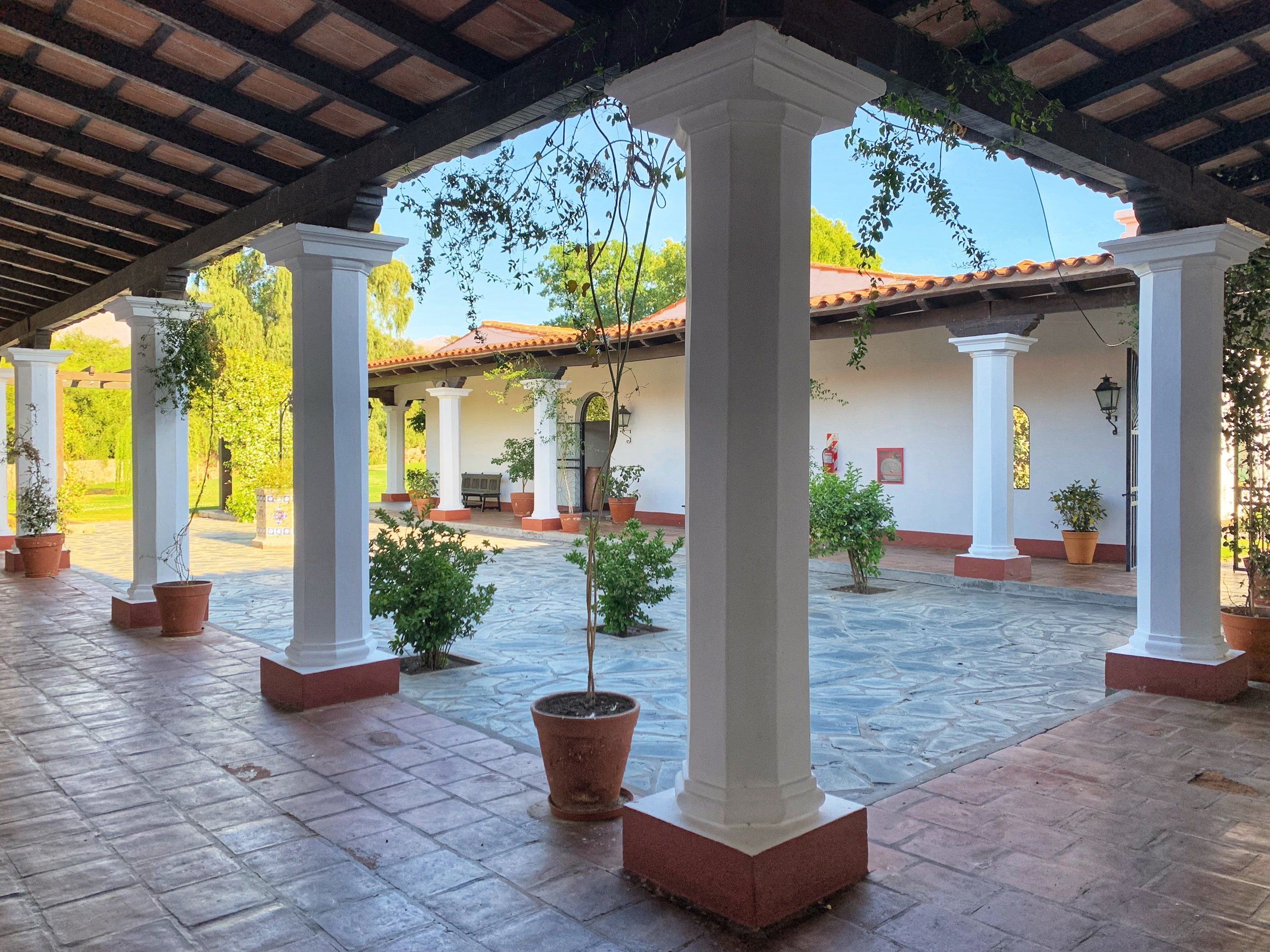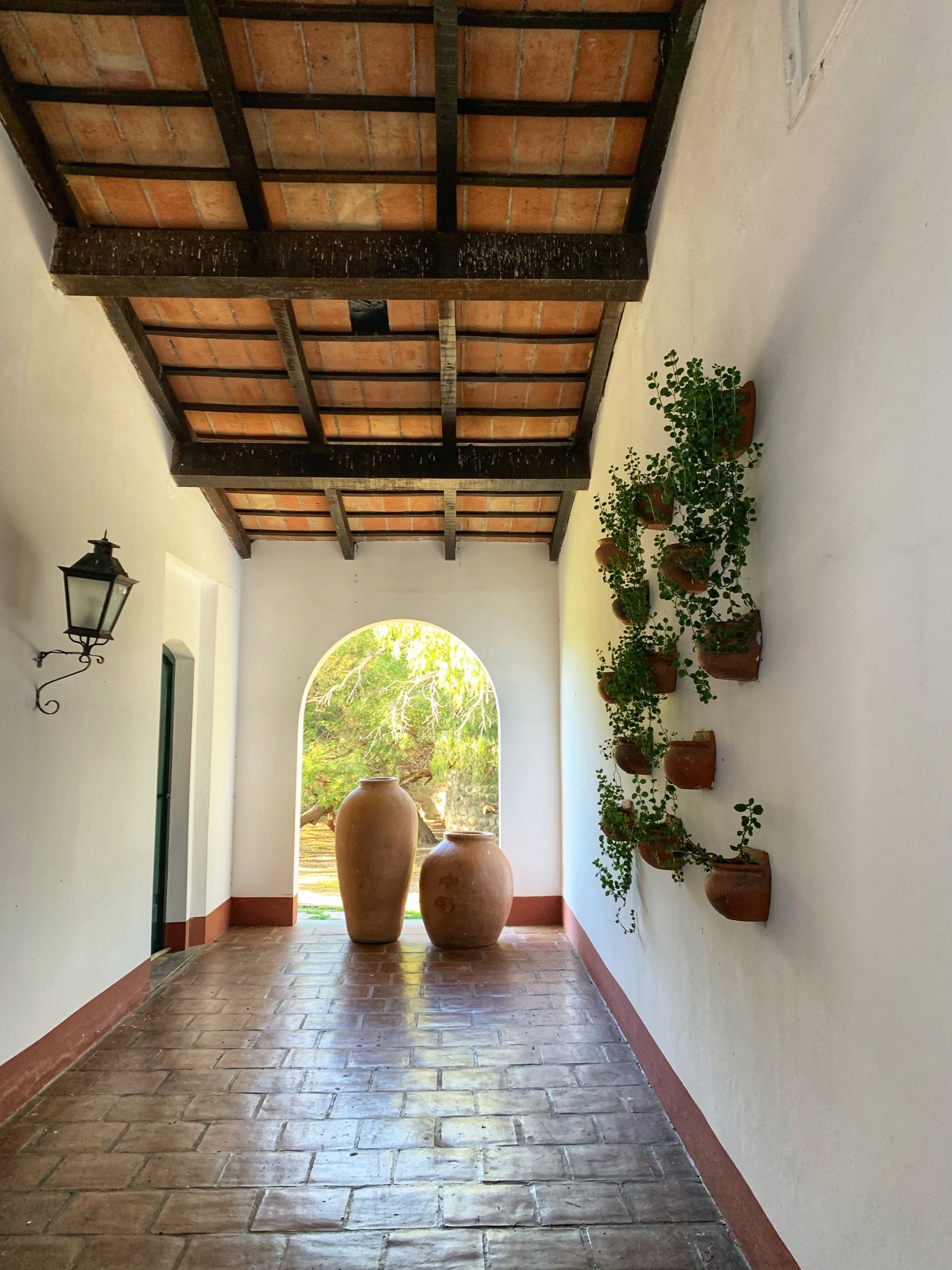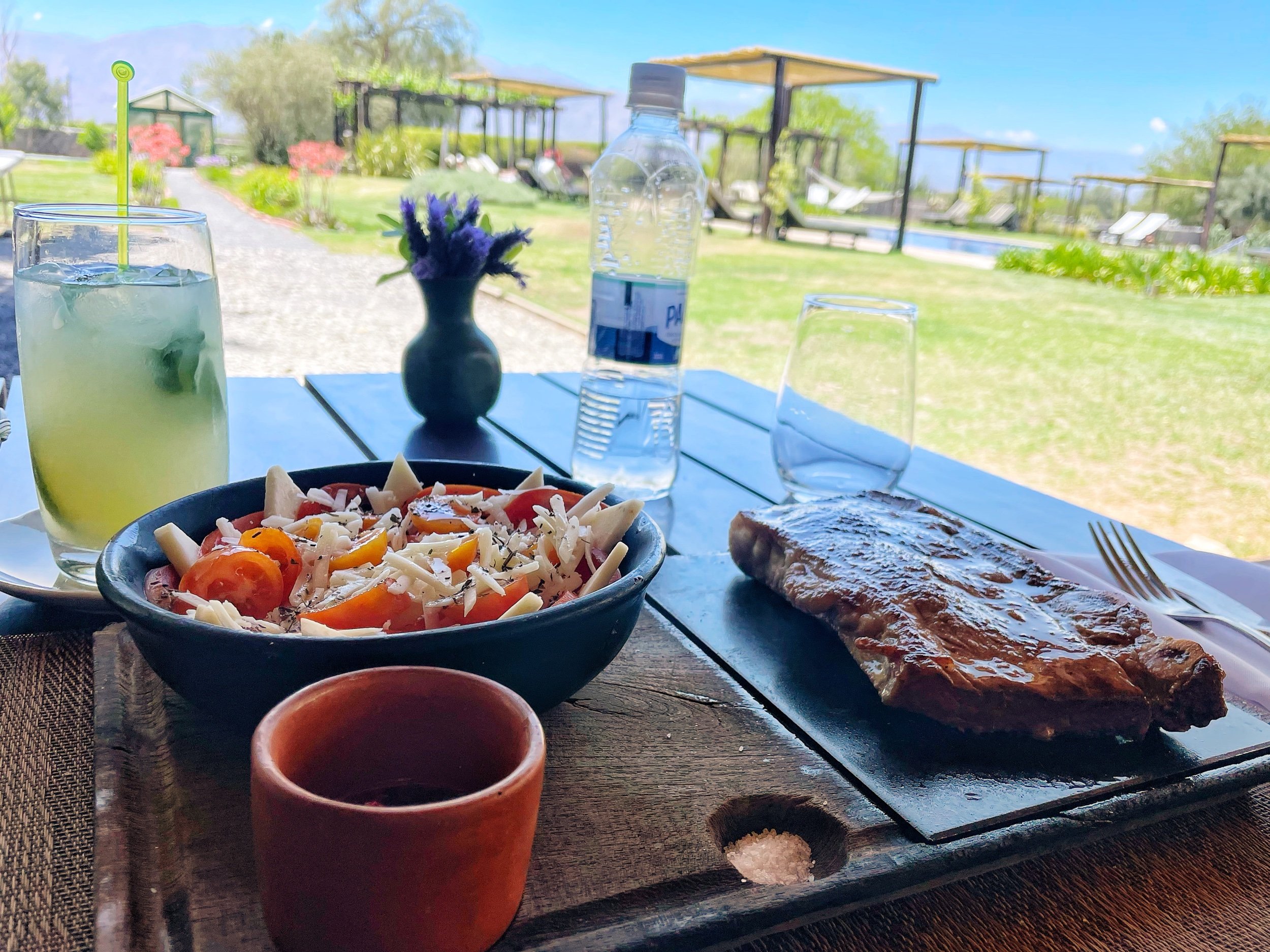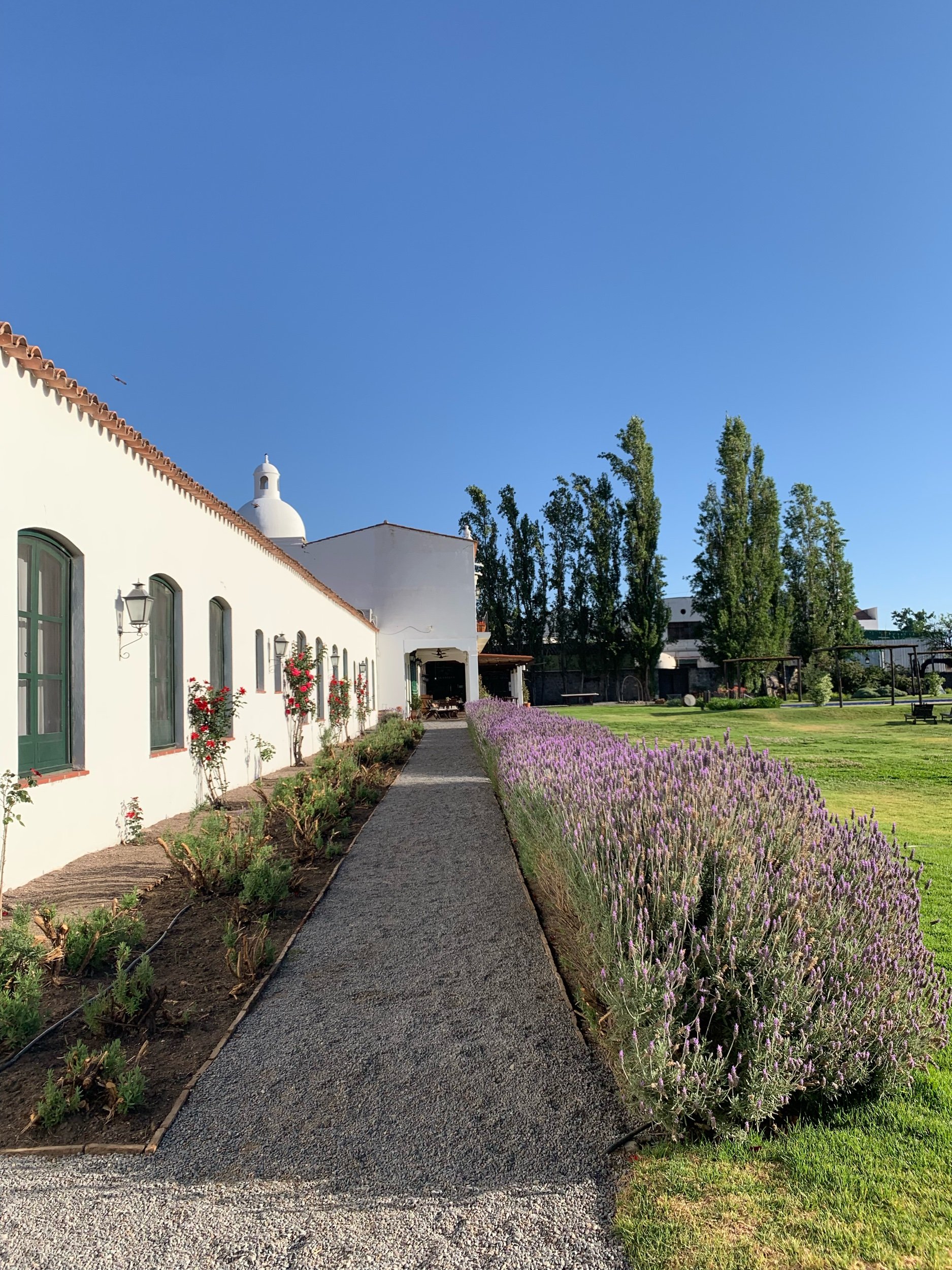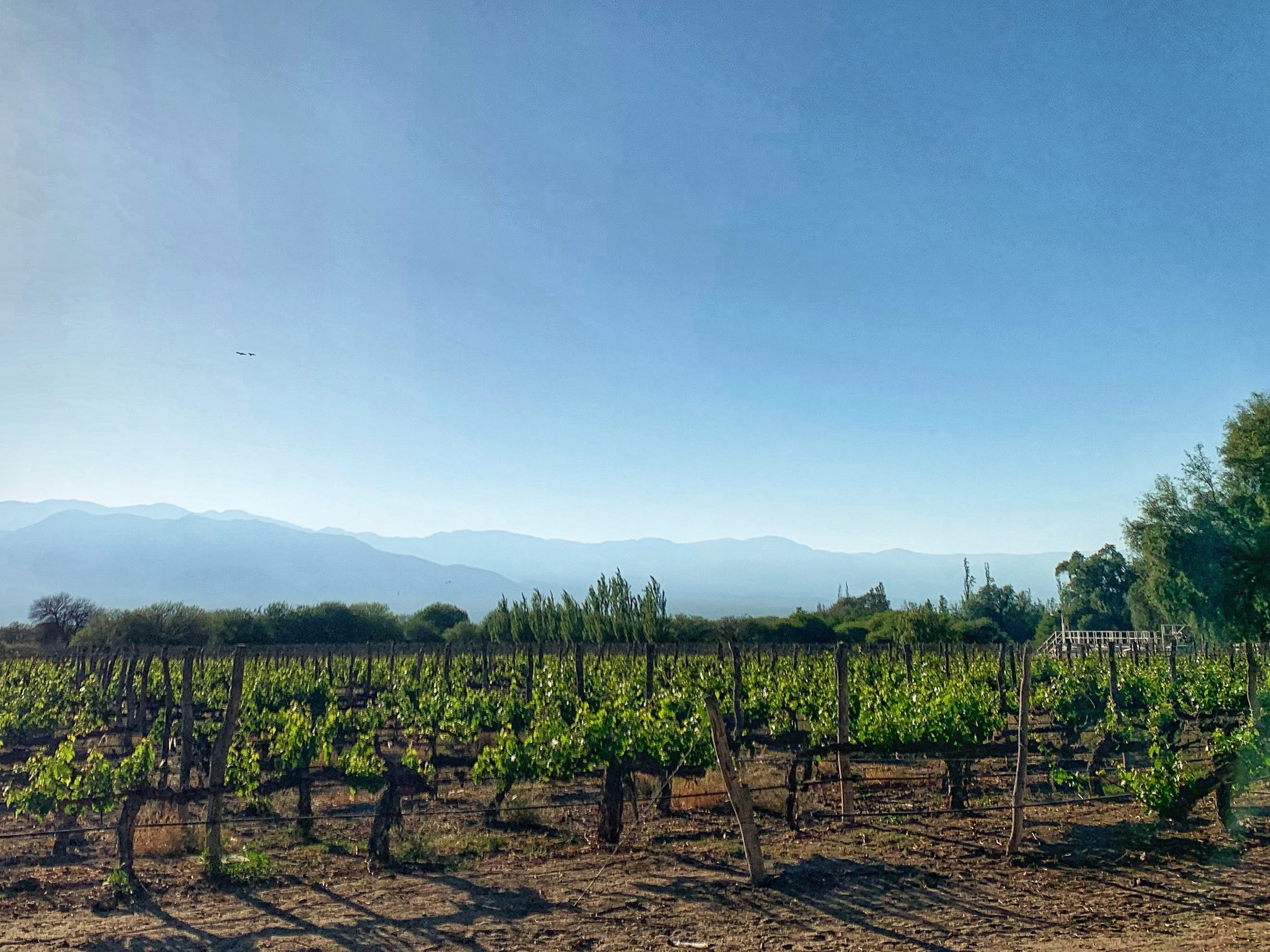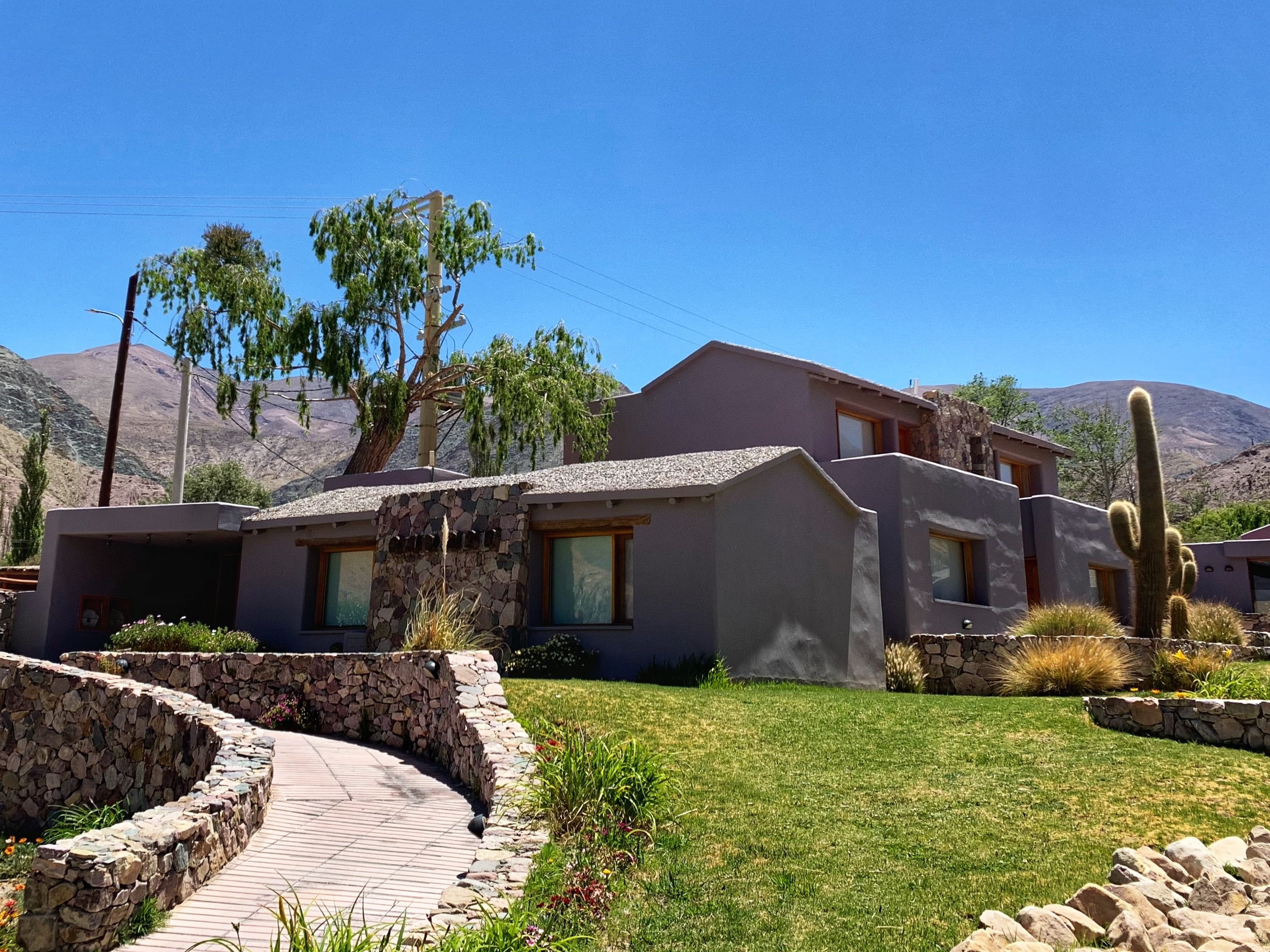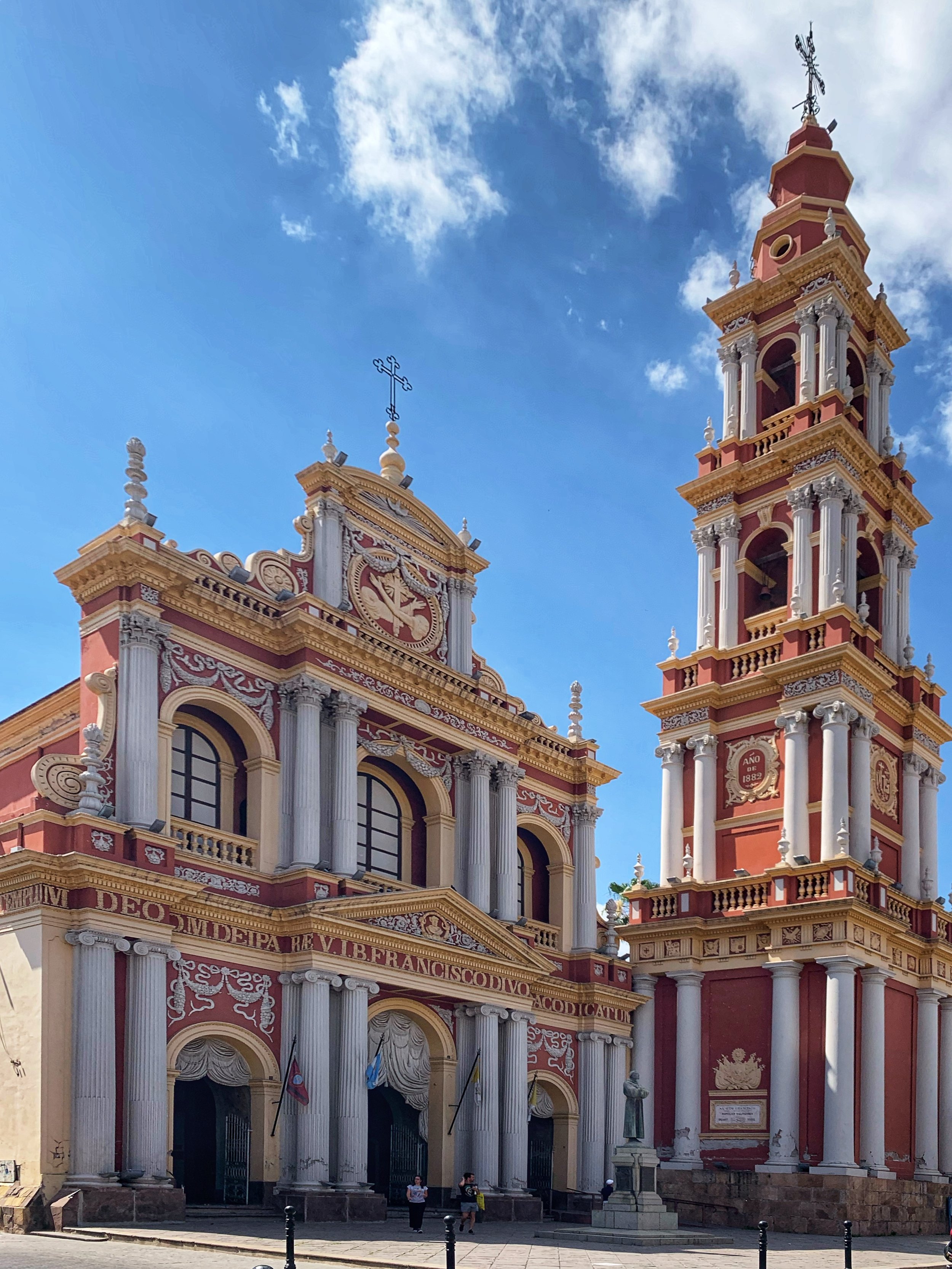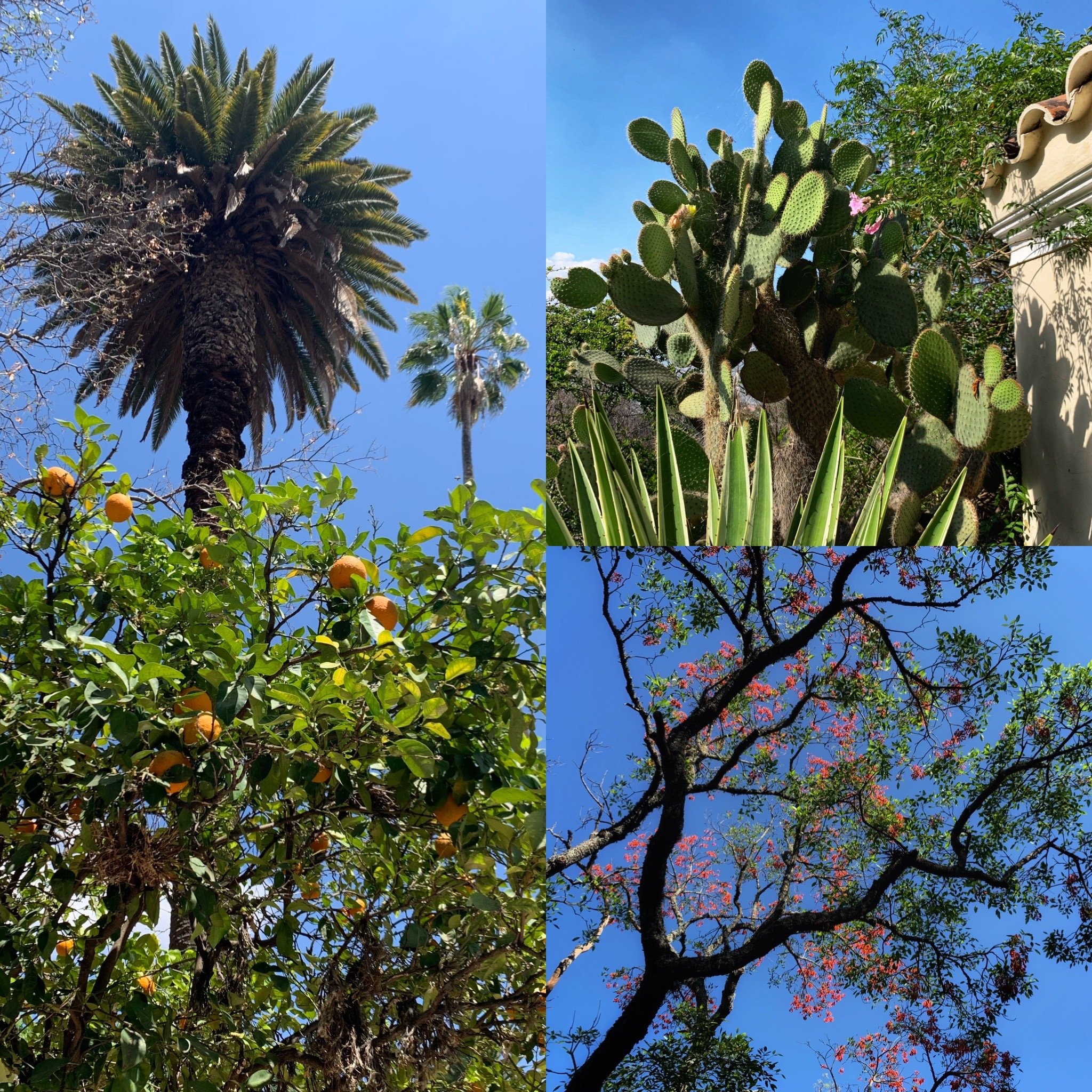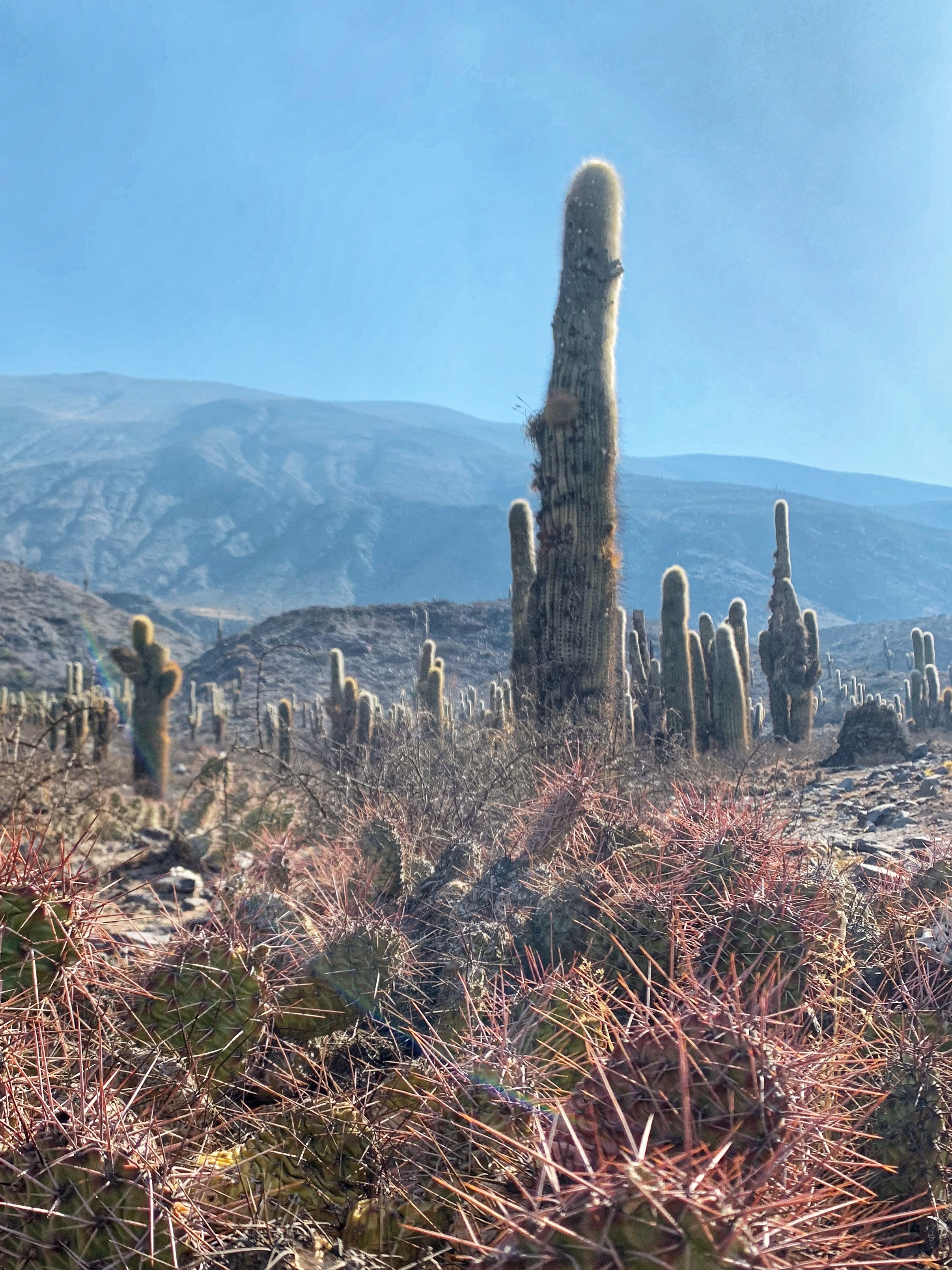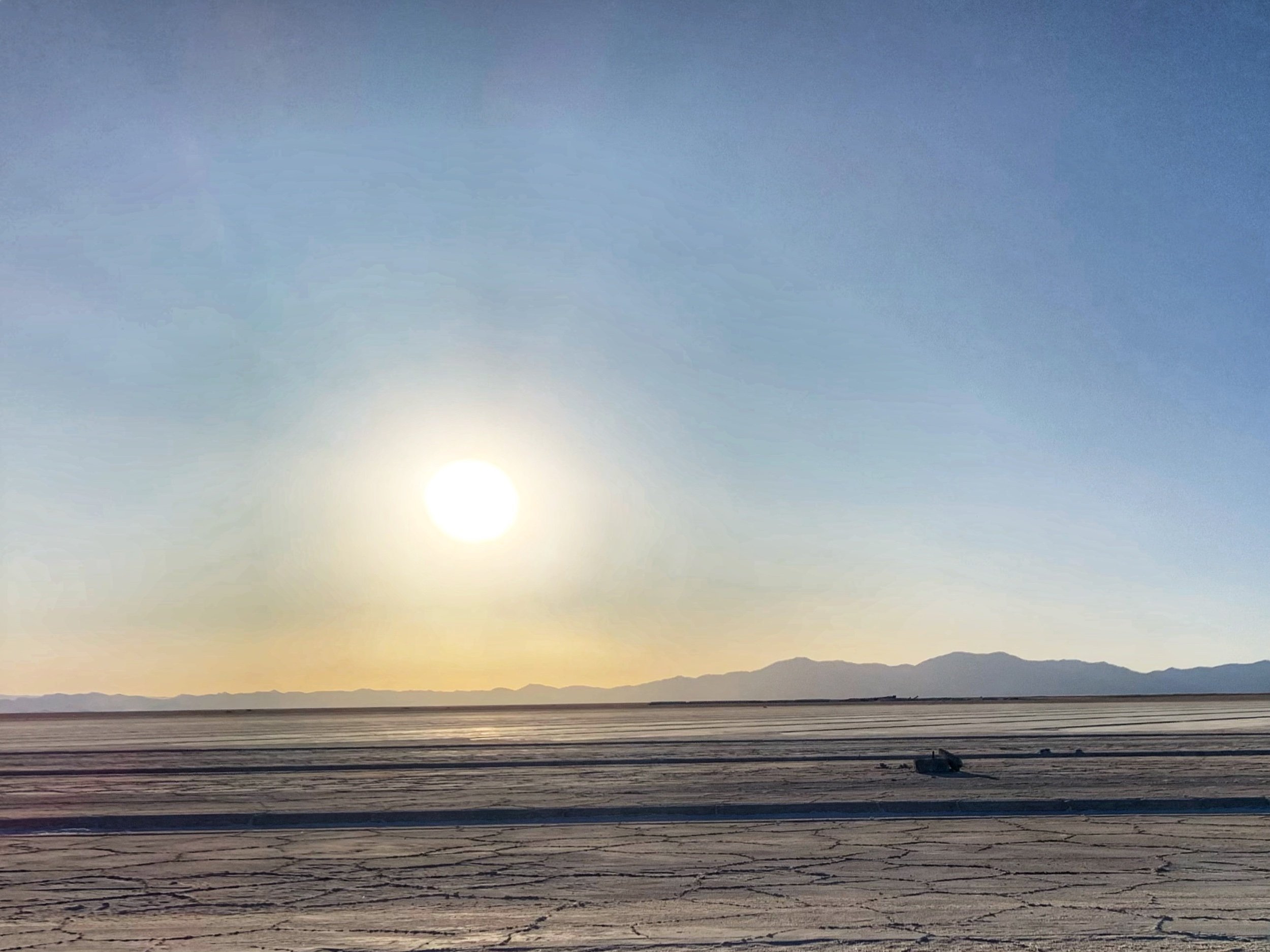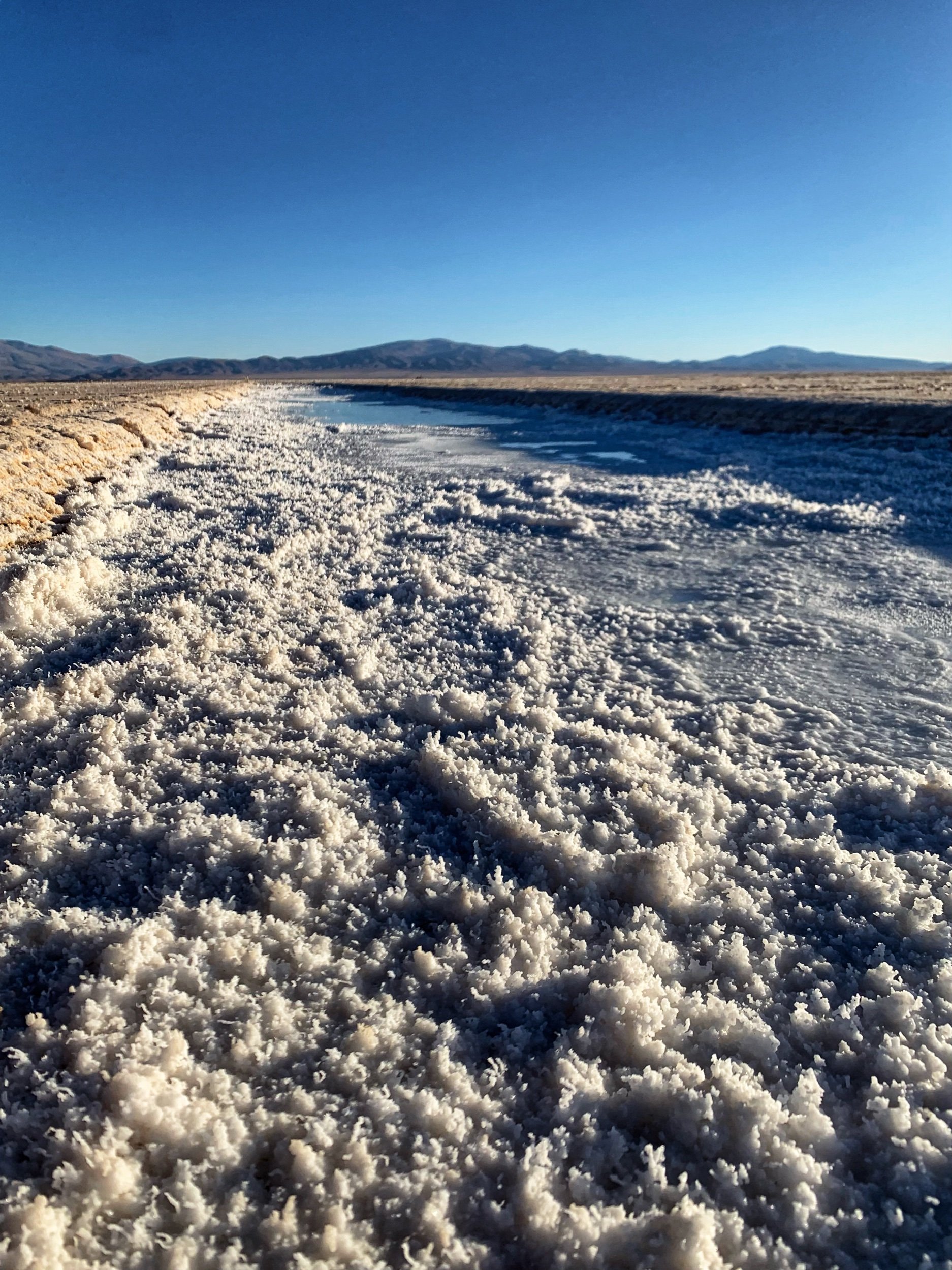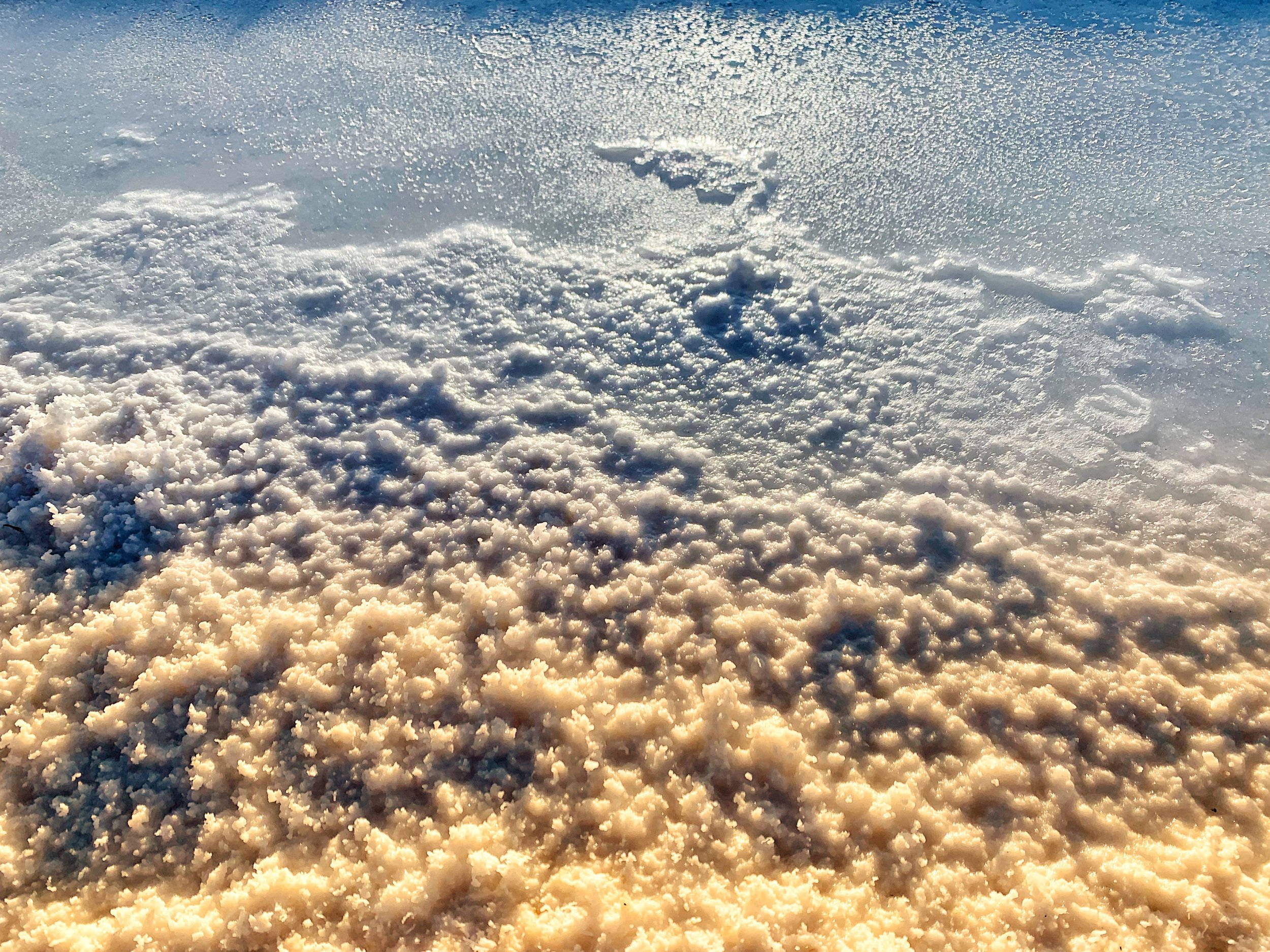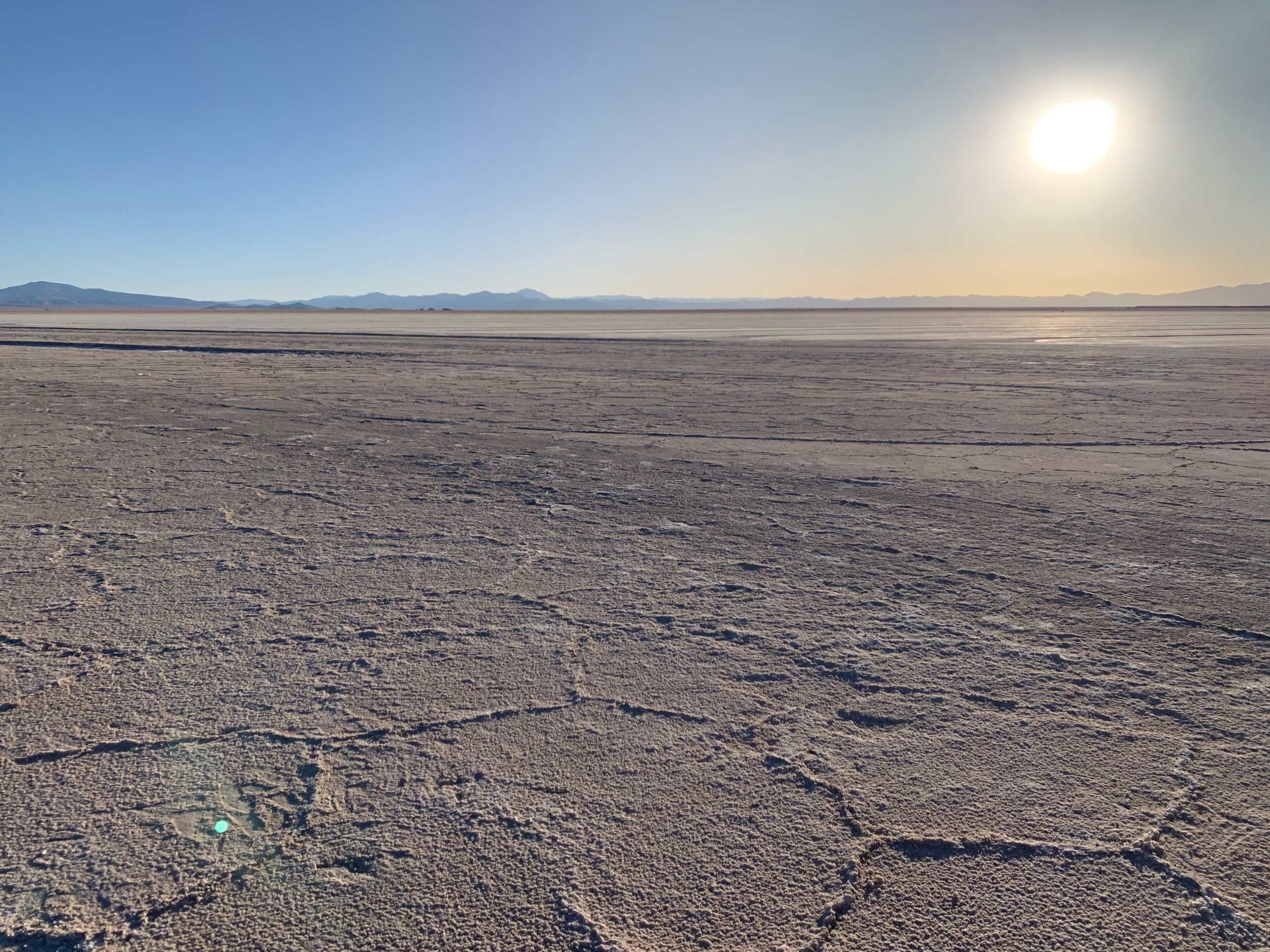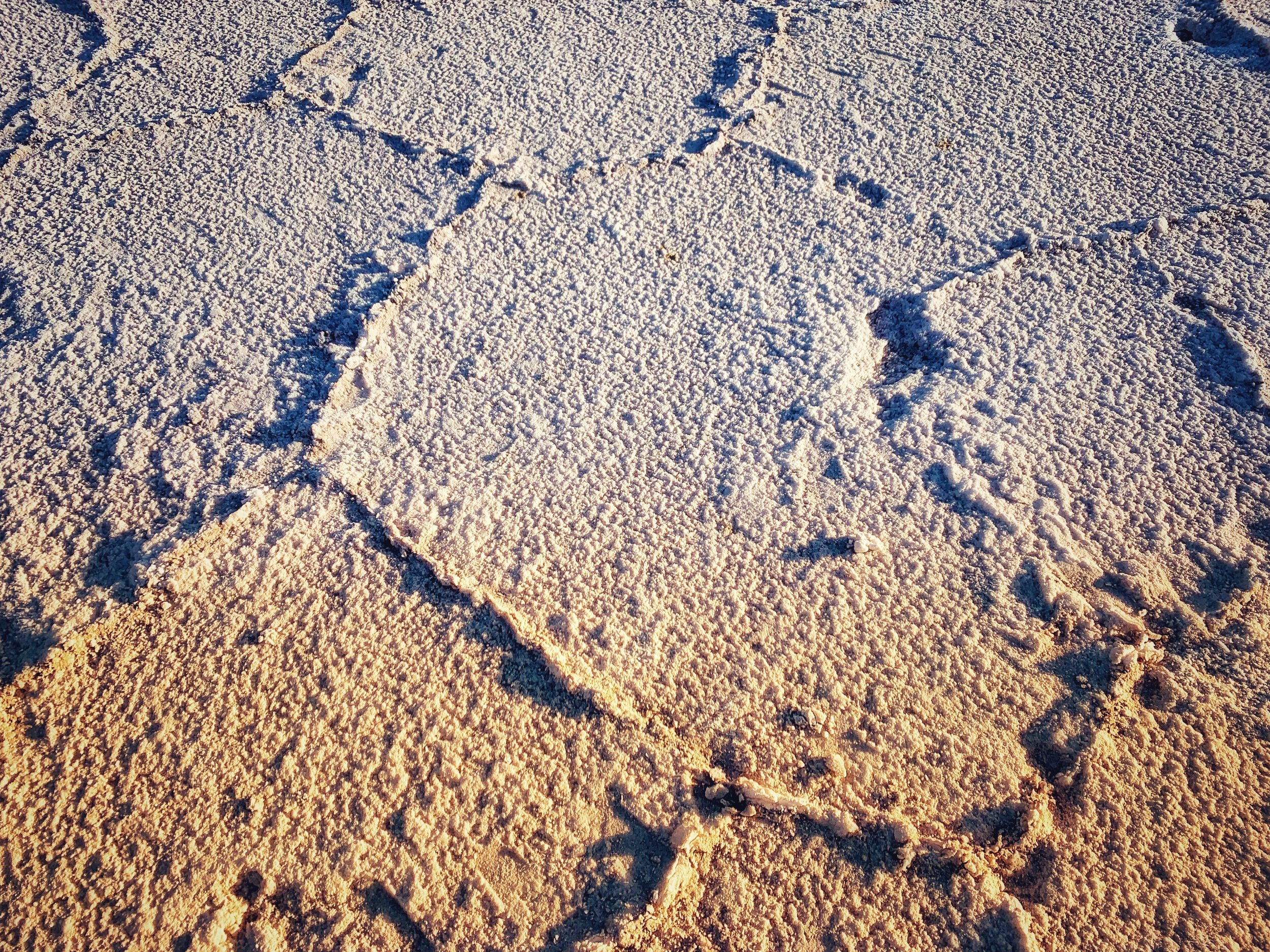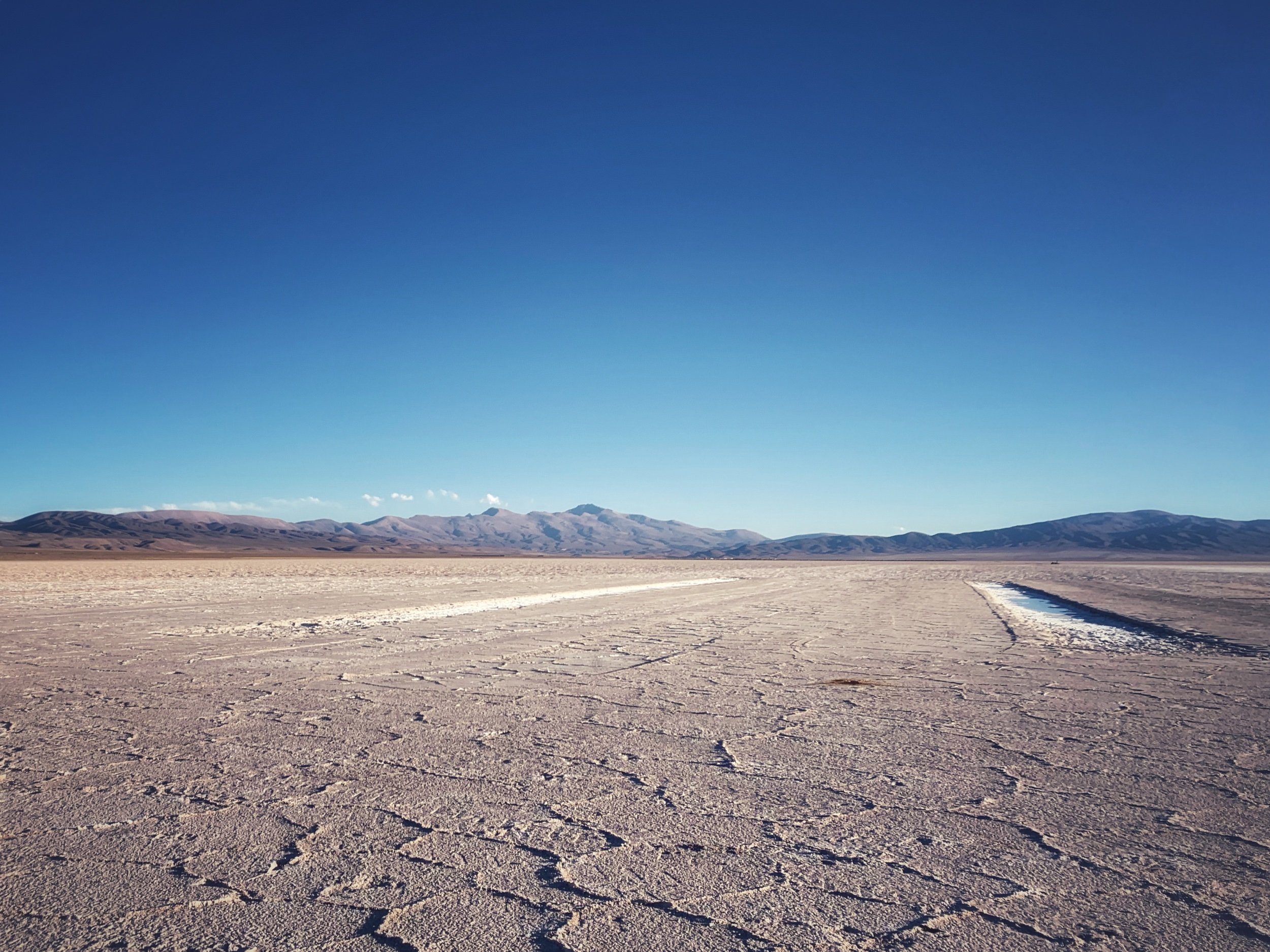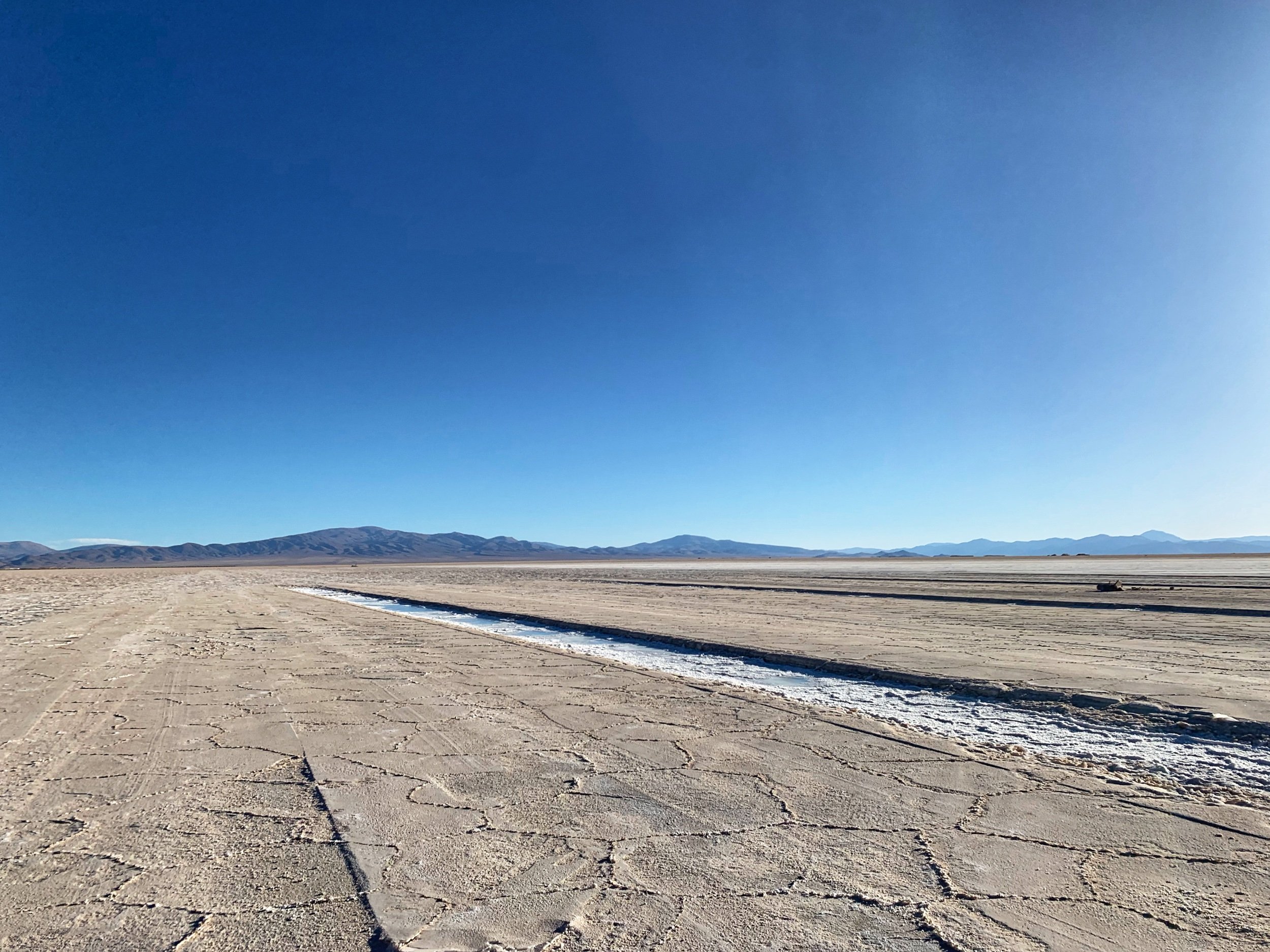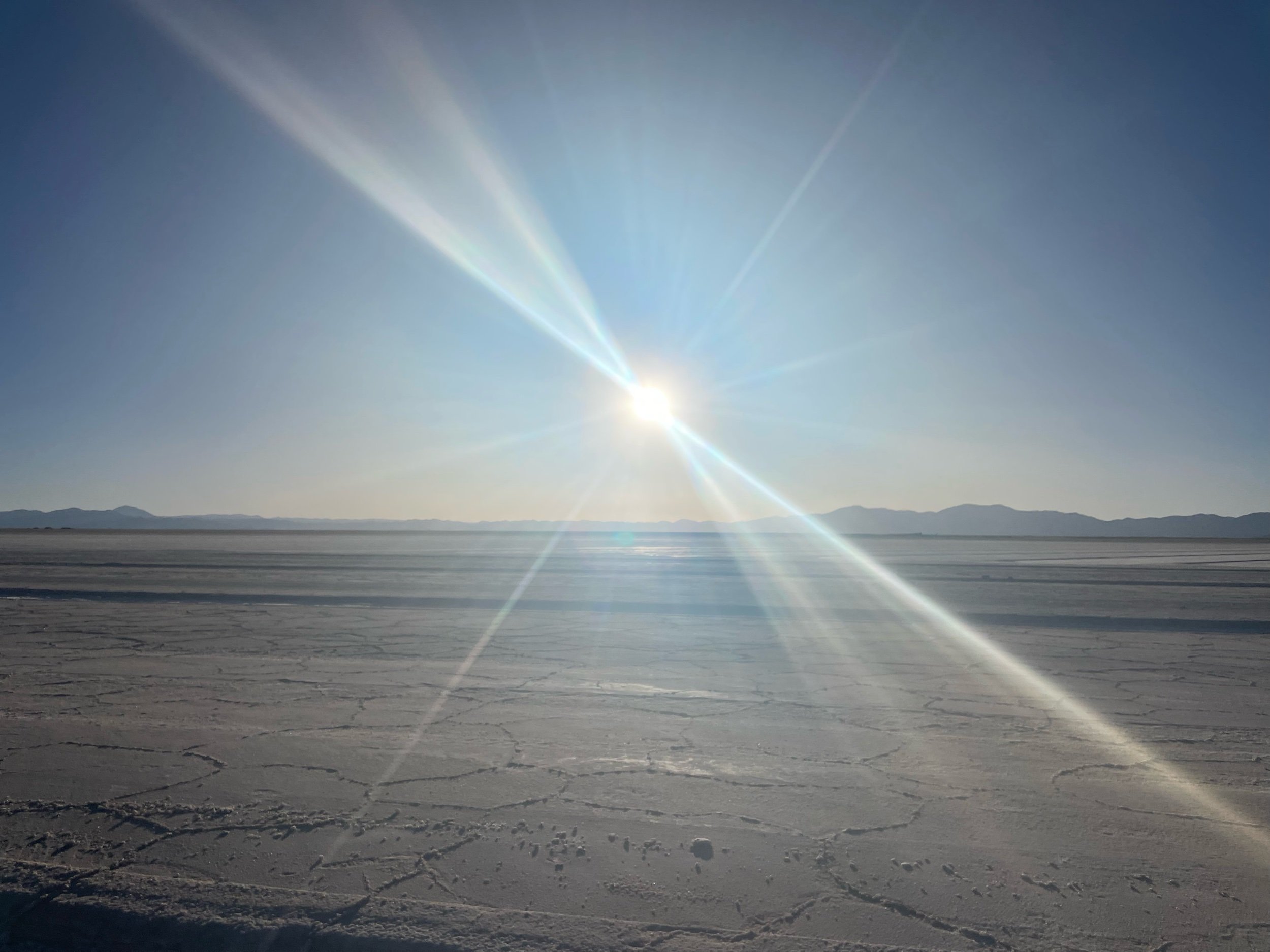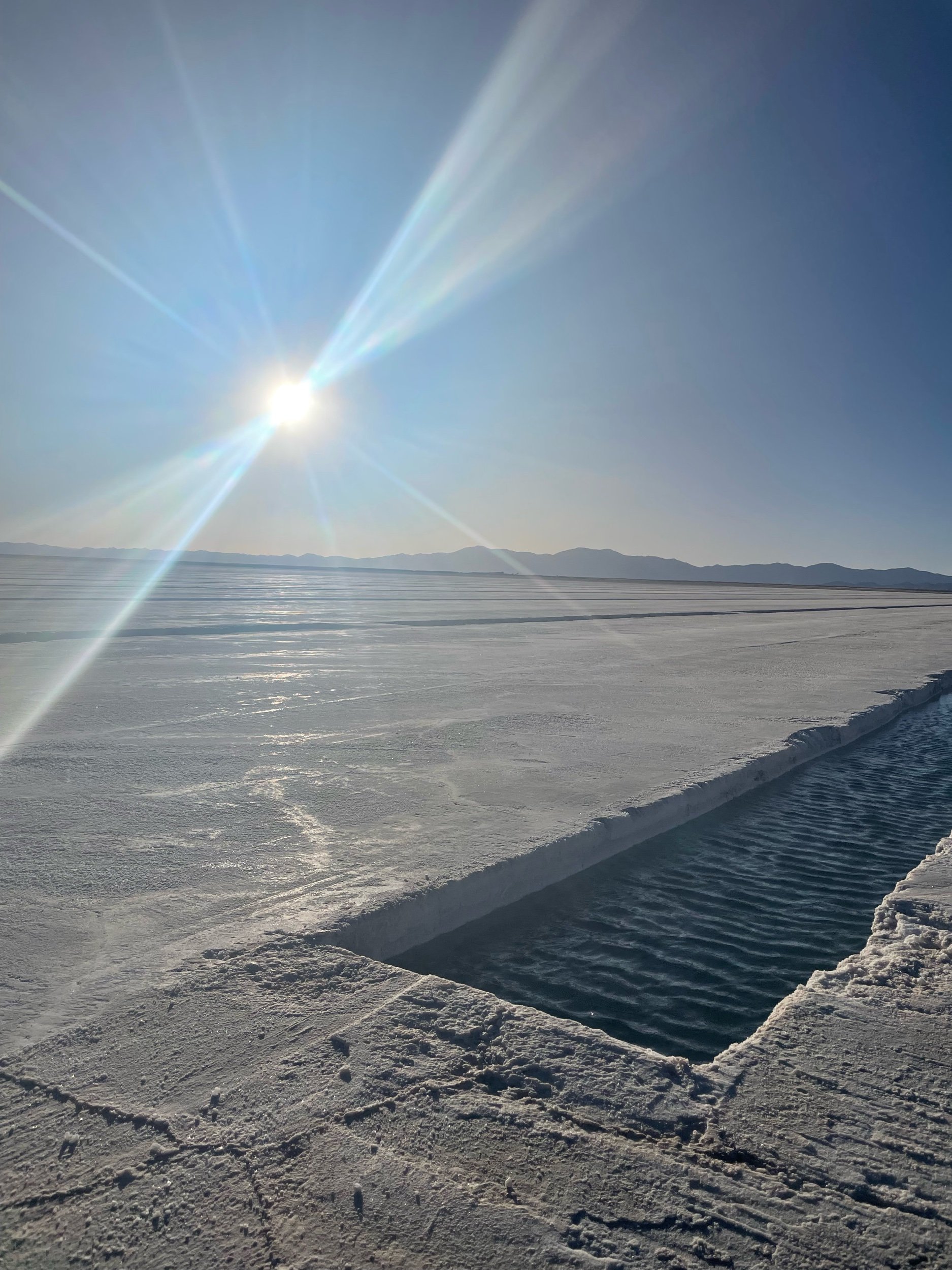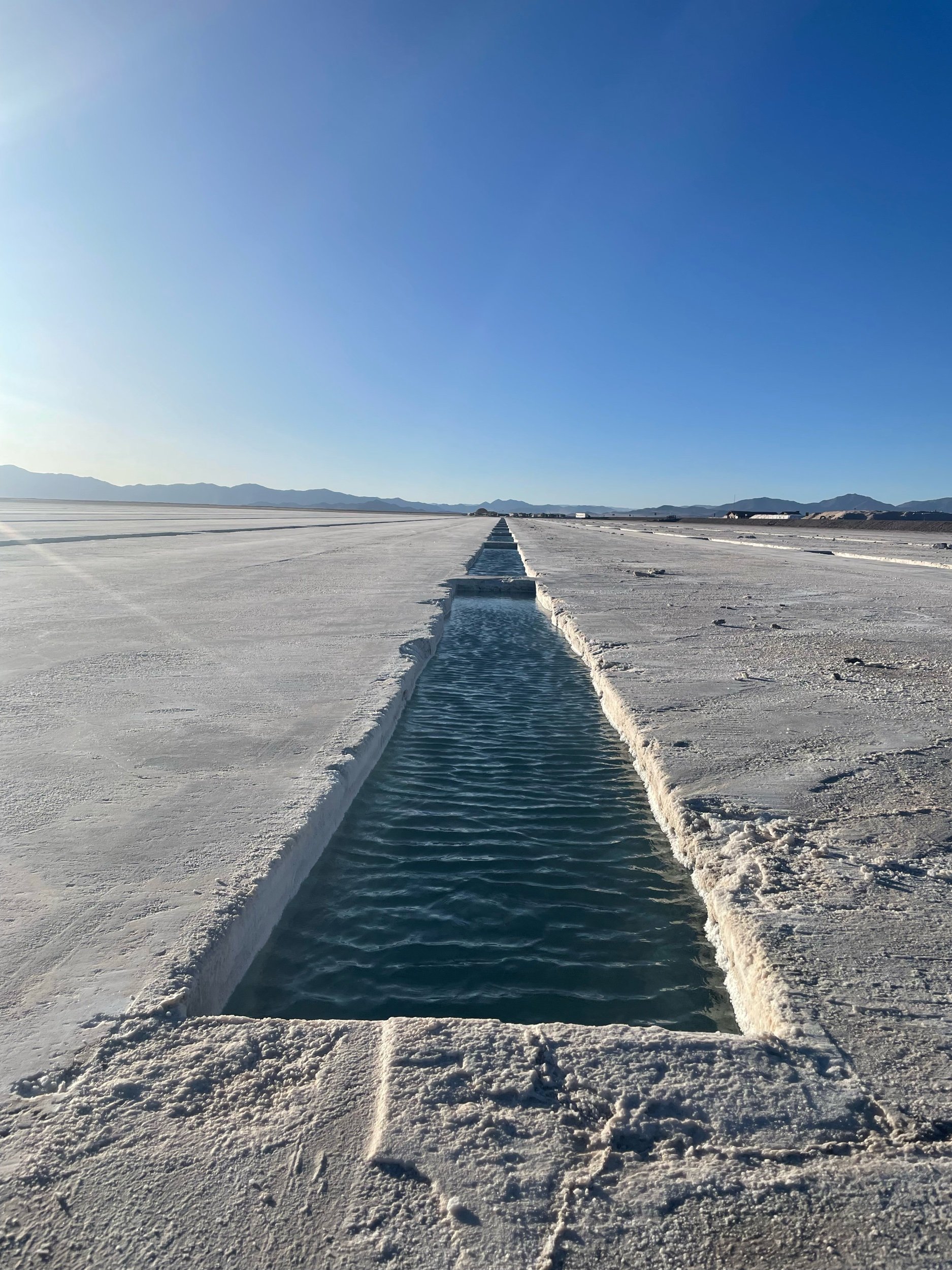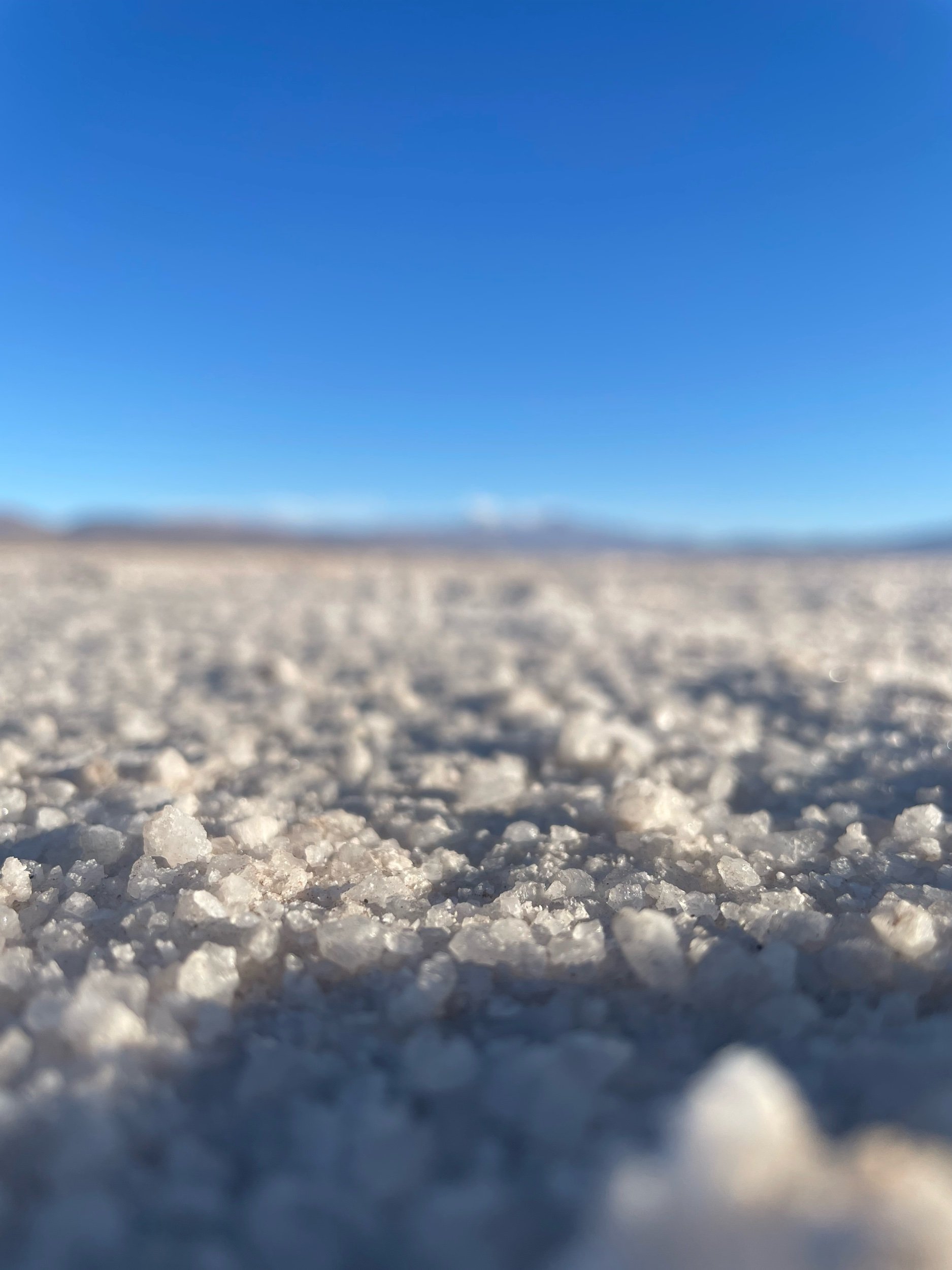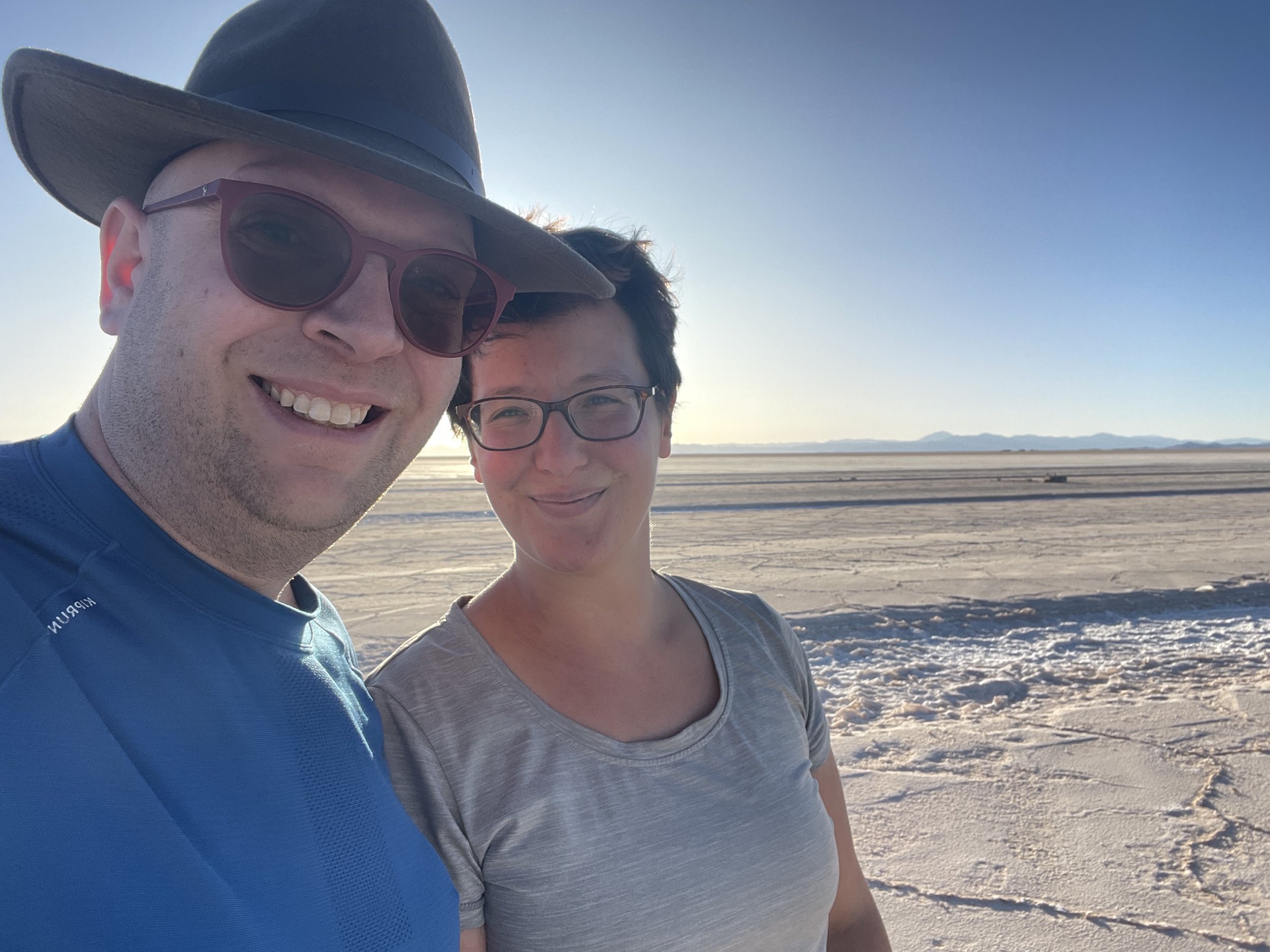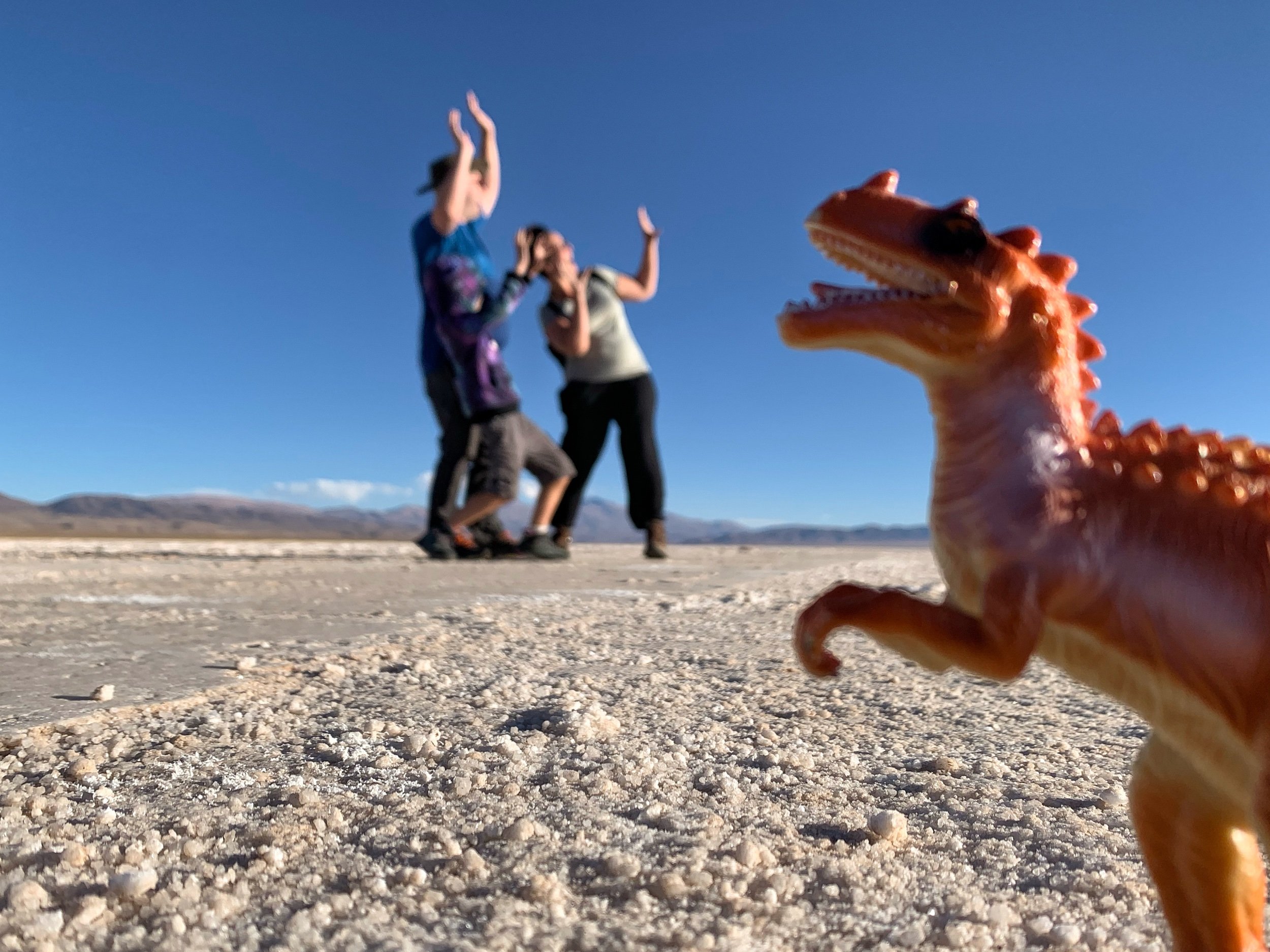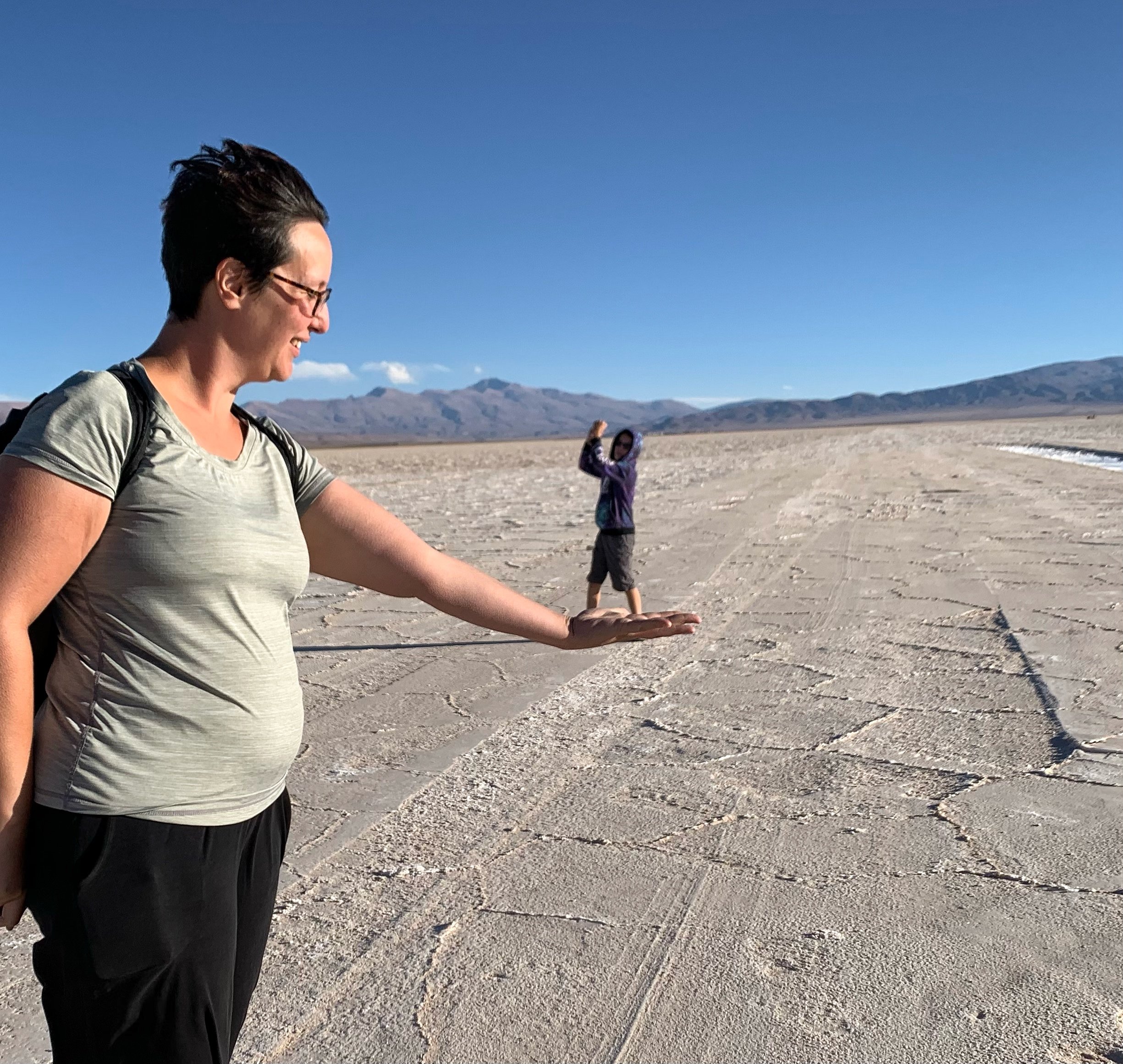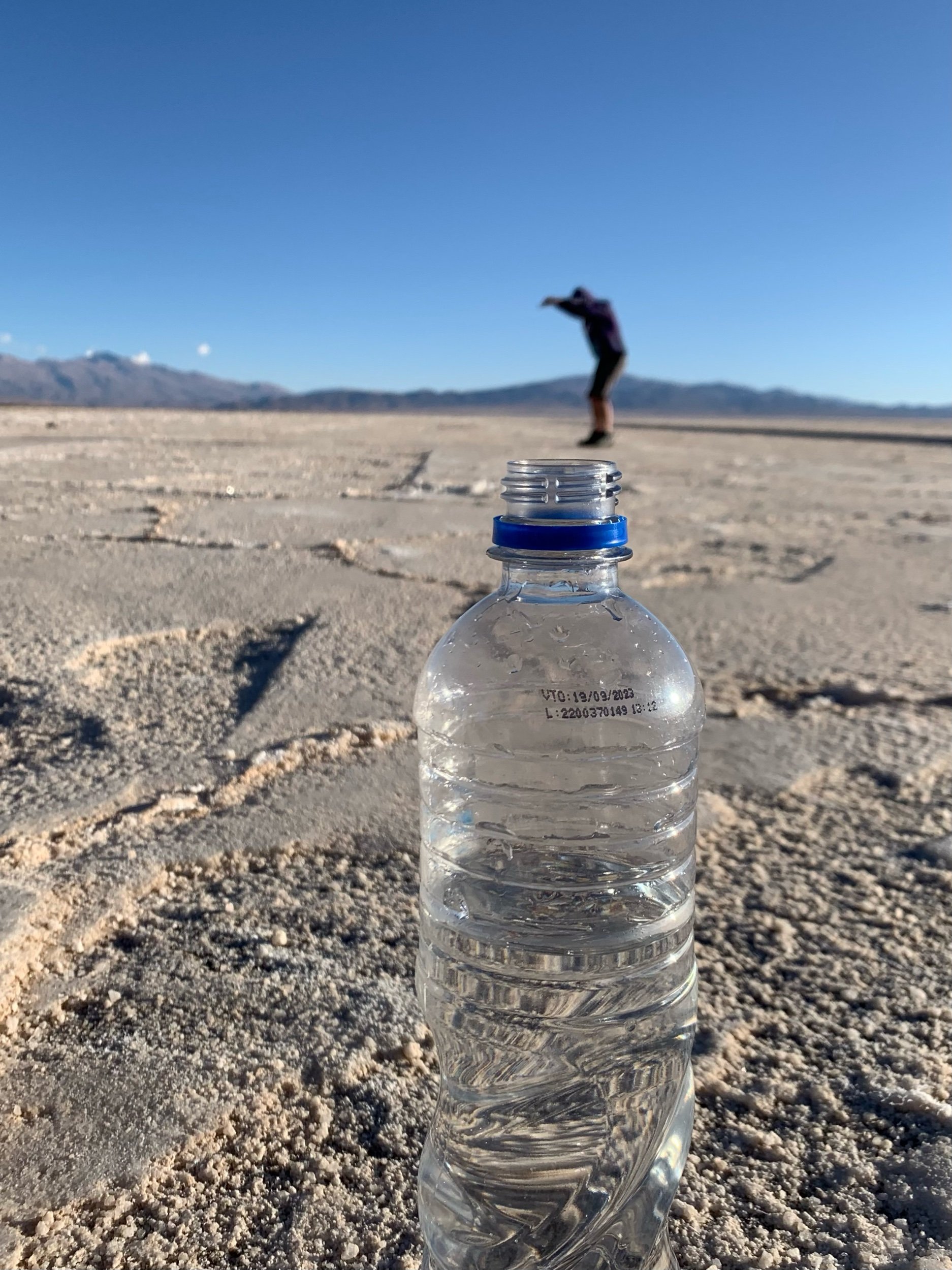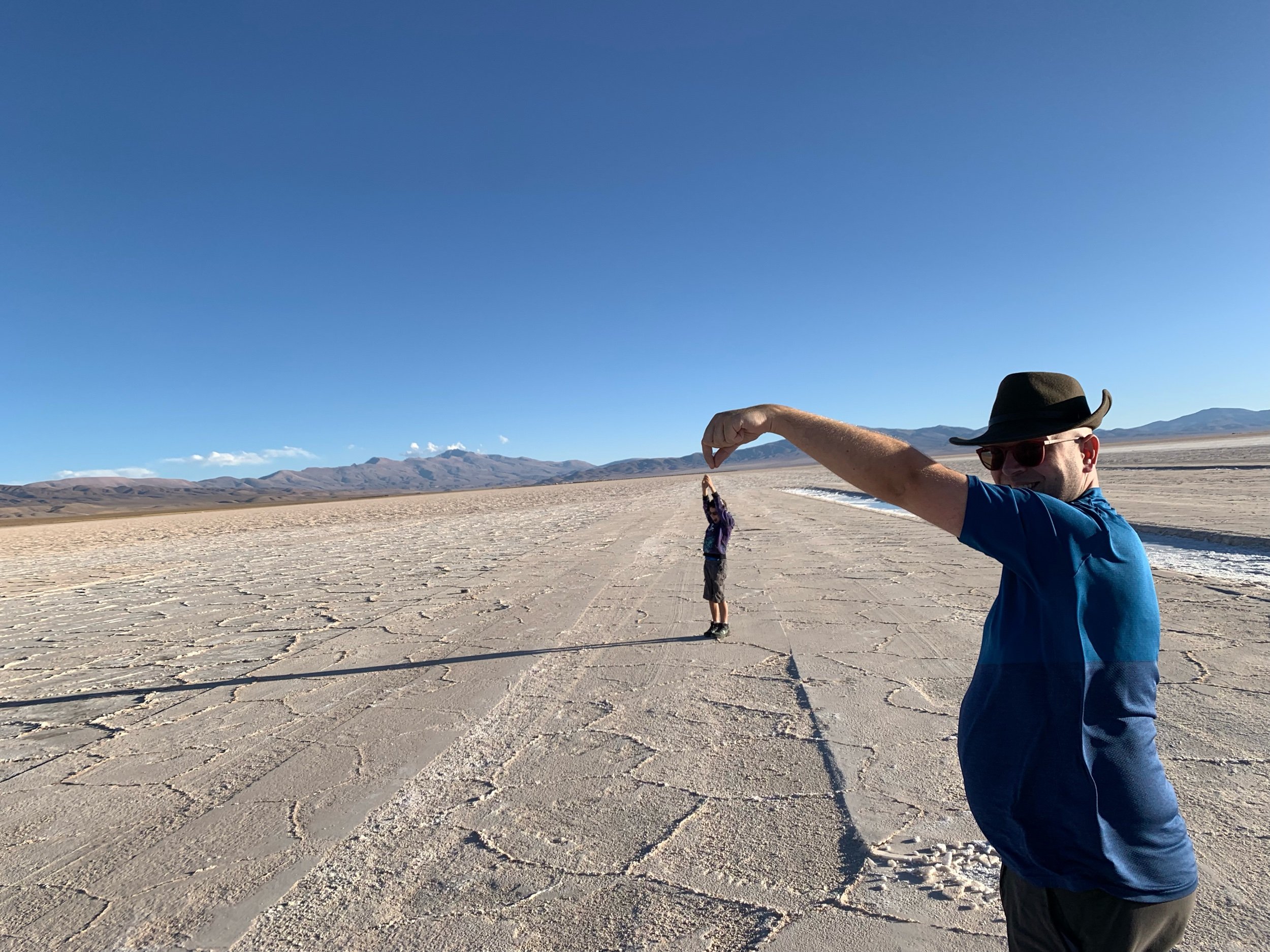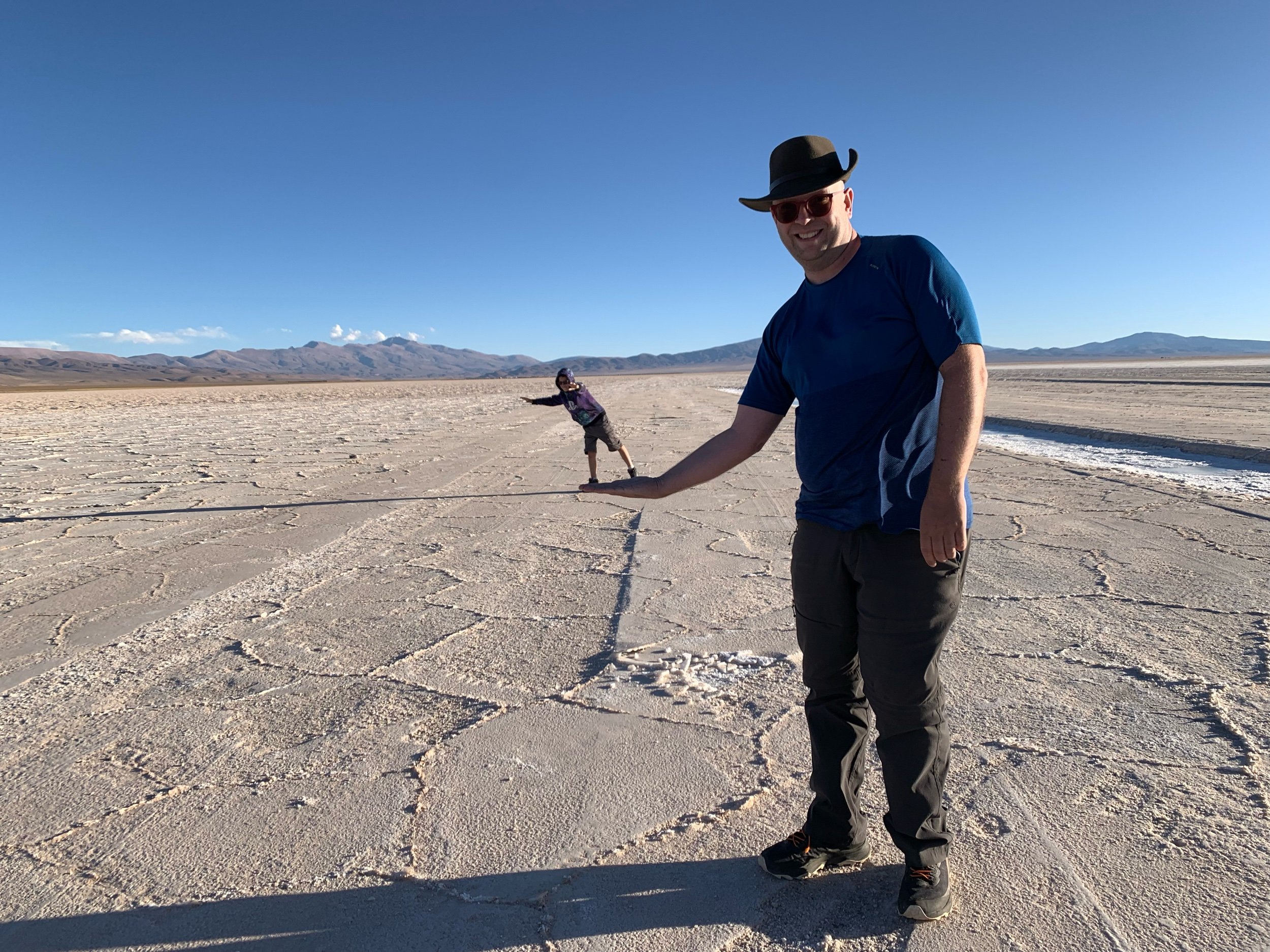Salta and Jujuy, Argentina
Salta and Jujuy and Tucumán highlights
Salta
Cafayate
Quilmes
Amaiche de Valle
Purmamarca
Salinas Grandes
Humahuca
Why visit Salta, Jujuy and Tucumán?
For other-worldly desert landscapes, fascinating museums, and indigenous pre-colonial culture and history.
Getting there and around
We flew from Iguazu to Salta towards the end of October 2022. Puerto Iguazu airport was small but very efficient and our two hour flight was half empty so we had lots of space.
We reached out to a local guide - Angelica Caldavez (email angie_guide@hotmail.com) who has lived and worked as a tour guide in the area for over 20 years.
Angie drove us between our hotels in and for day trips in each area. A parent and grandmother, Angie was kind and considerate with our children, and full of local knowledge and lots of funny stories. We would highly recommend employing Angie as a guide to others visiting the area.
At the end of our time in Argentina’s north west we flew from Jujuy airport to Buenos Aires, and then home to the UK the following day.
Money
We had brought crisp new US $100 bills with us in preparation for Argentina’s struggling currency and two-market system. We paid our guide Angie in US dollars which is a strongly preferred currency to Argentine pesos as it’s stable and keeps its value.
We changed some of our dollars into pesos at the blue rate (a black market but widely accepted practice), getting almost double the amount of pesos than we would have if we had exchanged at the official rate. The amounts stated in this blog post are the equivalent of what they cost us in British pounds, using pesos obtained at the blue rate.
Accommodation
Kkala Hotel, Salta
This boutique hotel was located 30 minutes walk or a 10 minute taxi ride from the centre of Salta. We stayed in a split level suite with a king sized bed upstairs and a double sofa bed downstairs, at a cost of £220 per night.
Our room had a jacuzzi hot tub and a balcony with superb views over the city. Luxury toiletries, bath robes and slippers, and chocolates came with the room.
The pool was a lovely place to relax. KKala was an absolute gem. The property was gorgeous, with interesting architecture and lush textiles and soft furnishings. A small but delicious breakfast was included, and snacks such as empanadas available on order.
Our star rating: 5
Our cost rating: 3
Hotel Patios, Cafayate
This was a luxurious and smart hotel located on the grounds of El Esteco winery in the Calchaqui Valley on the outskirts of Cafayate.
The hotel wasn’t in the best location for accessing the town amenities as it was about a half hour walk along hot dusty roads, or 5 minute taxi journey from the centre of town, but it was tranquil and quiet.
The original farm and winery was founded in 1892. El Esteco make a variety of wines, including the region’s dry white wine Torrontes. The building, patios and courtyards were pleasingly photogenic! The grounds were absolutely stunning, with a big pool and views out over expansive vineyards.
We loved the hotel restaurant which served amazing food at tables set looking out over the pool and the vineyards beyond.
We stayed in two rooms for two nights at a cost of £200 per room per night. This was a pricey stay but we thought it was excellent value considering the quality of the hotel amenities, service and food.
Our star rating: 5
Our cost rating: 3
Casa Hernandez B&B, San Lorenzo
Casa Hernandez is a lovely B&B with three rooms, located in the town of San Lorenzo, just outside of Salta. We stayed here for two nights to break up the long journey between Cafayate and Purmamarca.
We had two very spacious rooms which cost only £50 per room per night. Our hosts Alex and Rikje were warm and welcoming; and there were good facilities including a laundry service, big gardens and an outdoor pool. Breakfast was lovely with tea, coffee, juice and hot chocolate; and homemade bread, pancakes, eggs, granola and yogurt.
Our star rating: 5
Our cost rating: 5
La Comarca, Purmamarca
This hotel is just outside of the small town of Purmamarca with nice views, pretty cacti gardens and a heated swimming pool. We had a room with a king size bed and two single beds at a cost of £135 per night. The hotel was well located as base for exploring Jujuy. The free Wi-fi was good in our room and in the common areas. The pool was large but a bit dirty and in need of maintenance.
Unfortunately our hotel room was in need of repairs. The bathroom was shabby with broken tiles and plumbing. The breakfast was ok but a bit limited and the service from some of the staff was cold and indifferent. Overall we struggled to relax here and the hotel didn’t feel like good value for money because of these issues.
Our star rating: 2
Our cost rating: 2
Salta
Salta is a gem of a city, with gorgeous architecture and decent green spaces. On our first day in the city we got up early and headed to the Telerifico station to take a cable car up to the top of the San Bernardo mountain. Because we got there so early we didn’t have to queue. The views were spectacular.
After walking around at the top of the hill, where there is a cafe, playground, outdoor gym and toilets, we rode the cable car back down. We then walked through the San Martin park which has a number of small playgrounds and outdoor gyms.
From there we walked to the city centre, stopping en route at the San Francisco church which was very elaborate. Equally elaborate, particularly inside, was the city’s cathedral located in the main square (Julio 9 Plaza, the date of Argentina’s independence).
We really enjoyed walking around Salta. It is the seventh largest city in Argentina, and with a population of around 620,000, is a similar size to our home city of Sheffield. It was an aesthetically pleasing city with Spanish colonial architecture, lots of plants and trees, good shopping, and decent restaurants.
Cafayate
After our stay in Salta city our guide drove us further south in the Salta region to Cafayate, a town in the Calchaquies Valley which is famous for its vineyards and mountain vistas. Cafayate was a charming town with a sedate central square bounded by various shops and restaurants including local wine, craft and artisan shops.
The drive to Cafayate took 4 hours and it was very hot. The landscape was vast and majestic with dry river beds in October (they and the roads can flood in January), unique rock formations, and enormous cacti that were over 300 years old.
On the way we stopped at a number of viewpoints and visited the ‘amphitheatre’, a breathtaking natural rock formation dating back 65 million years.
Quilmes
From Cafayate we ventured south into the Tucumán region for a day trip. About an hour’s drive south from Cafayate are the archaeological ruins of the settlement of Quilmes, which is the largest pre-Colombian site in Argentina. Alongside the ruins is a fascinating museum and learning centre.
The Quilmes people settled in the area in the 10th century and resisted first the Inca empire and then the Spanish conquerors for 135 years until 1667 when the Spanish seized the town, poisoned the water and prevented the Quilmes from accessing crops.
As a punishment for their long resistance and to ensure their oppression, the Spanish exiled the Quilmes from their lands and forced them to walk a thousand miles south to Buenos Aires, a journey which took a year. Of the 2600 people that set out walking, only 400 survived.
In 1977 the land was expropriated by the state and returned to the descendants of the Quilmes people who resettled in the area. The ruins were partially restored and an interpretation centre was constructed. Members of the resettled Quilmes community now live nearby and work at the site.
The centre includes artefacts from the site, a very detailed timeline of events, and an excellent and beautifully shot film which tells the story of the Quilmes people. This film was a somewhat harrowing and graphic depiction but nonetheless a highly valuable educational visit. These north west provinces feel unlike Buenos Aires or Patagonia, and are worth visiting for a different experience of Argentina.
Amaiche de Valle
Also in Tucumán province is the small town of Amaiche de Valle, home to the Museo Pachamama. Pachamama is a fertility ‘Mother Earth’ goddess revered by the indigenous people of the Andes.
The museum is half outdoor sculpture park and half archaeology and geology museum. The museum’s design and sculptures draw on nature and the elements and use local stone.
Exhibits include a huge rock and precious stone collection, mining cave, relief model of the Calchaquies valley, and reconstructions of indigenous villages and people in the area.
Purmamarca
After our stay in Cafayate, our guide Angie drove us back north to San Lorenzo, a village outside of Salta. We stayed there for a couple of nights to relax and take a break from the long journeys.
After a restful couple of days in San Lorenzo, Angie drove us north to Purmamarca in the Jujuy region, a 3.5 hour drive from San Lorenzo. Jujuy has large lithium deposits but despite this vast mineral wealth, Jujuy and its people are among the poorest in Argentina.
Purmamarca is a small touristy village at the foot of the seven coloured mountain. The colours come from the different rocks and mineral deposits. In the village there is a main central square and lots of souvenir and craft stalls. Most tourists visit for the mountain and many people hike up to get good views of the valley below. We were content with looking at the pretty colours from the village.
Salinas Grandes
At an altitude of 3,500 metres, the Salinas Grande salt flats cover 82 square miles. The salt flats are one of the main draws for visitors to the area. Though the salt flats at Uyuni in Bolivia are 60 times bigger than these Argentinian counterparts, the salt flats in Argentina are still incredible and worth seeing.
The area was originally a sea-basin covered with salt water from volcanic activity between five and ten million years ago. Now the water has evaporated leaving the salt behind. They are also a key source of lithium and mineral extraction is a vital part of the local economy.
The journey to the salt flats from Purmamarca took just over an hour via steep and windy mountain roads. We were rewarded with gorgeous views of the mountains and the cacti, particularly on the return journey as the sun was setting.
The salt flats were a remarkable sight, bordered by mountains and illuminated by the setting sun. It was quiet, empty and vast; we saw no other tourists while we were there in the late afternoon.
We had a bit of fun playing around with forced perspective photos, with thanks to our guide Angie who helped us. It was trickier than we thought it would be and some of our photos didn’t quite work but here are our efforts.
Humahuaca
Humahuca is a small city in Jujuy about an hour’s drive north of Purmamarca, towards the Bolivian border. On the way we saw more colourful mountains and lots of cacti.
Overlooking the town is a monument to the heroes of the Argentinian independence and an old chapel with a good view of the town.
In the centre of the city is a pretty square with a church and lots of tourist souvenir stalls.
The streets have lots of shops and restaurants and colourful graffiti. We had a quick browse around the food market which was small but full of produce.
A ride in an ambulance
Aside from the occasional cold and Mal suffering with kidney stones for a few days, we had suffered no major mishaps. We were pleased with how smoothly the trip had been going over the last few months.
That was until William (aged 9 at the time) fell from an 8 ft wall onto a hard surface.
We quickly took a taxi to the clinic in Purmamarca where William was struggling to breathe, in shock and his body temperature had dropped worryingly low. He was confused, very pale, bleeding, and in a lot of pain.
The little Spanish we did know had so far helped us to order in a restaurant or to find out prices in a shop. Our limited grasp of the language didn’t stretch to allergies or anaesthetic!
The staff at the clinic were kind, but had limited resources and spoke no English. They put in an IV and arranged for an ambulance to take William to the nearest paediatric emergency hospital, 2 hours away in Jujuy.
At the hospital William had an x-ray which confirmed a broken collar bone and a badly cut leg, but to our relief, no major long-term damage.
The hospital was lacking in supplies, equipment and privacy and felt basic compared to those we have in England. There were some very poorly children being treated there which was heartbreaking to witness.
We felt incredibly grateful that William’s injuries weren’t more serious, and very privileged that we could afford travel insurance. We were warmed by the amazing care we received from the Argentinian health professionals who helped us that night.
Luckily this accident happened on the last, and not the first day, of this trip. And William is under strict instructions to stay away from high edges in future!
Final Thoughts
The north west of Argentina is seriously underrated. In terms of visitor numbers to Argentine regions it comes low down, after Iguazu, Patagonia and Buenos Aires. But this means fewer tourists and authentic experiences when exploring the towns or interacting with locals.
The Inca empire reached as far as these regions of Argentina. The area has strong remnants of its pre-colonial past and connections with its indigenous people. As a result the area feels more akin to Bolivia or Peru than to Buenos Aires, which feels more European.
Journeys in this area are long and the road conditions, road blocks and protests, and altitude can all affect drive times and vehicle performance. It therefore takes a fair amount of patience and resilience to experience this area, but it’s well worth investing the time and effort for the stunning landscapes and interesting towns.
The landscape is dry and arid in winter and spring, wet in summer, and hot all year round. In December the rains come and the rivers flood. But when we visited in October it was incredibly dry and if we had seen a photo in a magazine we would have guessed it was Arizona or Joshua Tree!
We loved visiting this part of Argentina, honing our photography skills and learning about the history of the region. We also enjoyed eating many many empanadas!
Argentina - some practical notes
Money and budget: We tried to pay for everything in Argentina using cash obtained at the blue rate. This saved us a substantial amount of money Vs paying by card.
However, since our trip, Mastercard and Visa have introduced an exchange rate close to the blue rate for card payments. This should make it significantly easier for visitors to go cash free and will avoid having to exchange dollars for pesos with cambios.
Accommodation: accommodation with laundry facilities wasn’t easy to come by. We either washed clothes by hand or sometimes paid for hotel laundry services where it wasn’t too expensive.
Transport: Speeds and distances are in kilometres. Driving is on the right. Driving at altitude is tricky and road surfaces can be rough. Public transport is decent, especially in Buenos Aires, and taxis are available.
Food: Towns usually had a good variety of amenities but shops and restaurants closed in the afternoon for siestas. We got into the habit of shopping early.
Breakfasts in Argentina were very basic. Bread, jam and yogurt with coffee. Restaurants rarely served dinner before 8pm which was late for our kids. We usually ate lunch out but tried to cook our own dinners so that the kids could eat in the early evening. A simple one course lunch with soft drinks for 4 people cost about £30.
Wi-Fi and data: Wi-fi speeds and reliability were decent throughout Argentina. We each purchased Airalo e-sim cards for Argentina. A 5GB data allowance for 30 days cost £10. Airalo is really easy to use with iPhone and it worked very well apart from in northern Jujuy (Purmamarca).
This was the last part of a 3.5 month trip in 2022 which took us from northern Europe to Iceland, the USA, Peru, and finally on to Argentina, finishing in November 2022.
We had an intense, overwhelming, fun and educational trip. We felt grateful, privileged and honoured to have visited unique places and to have met lovely people. It was everything we hoped for and it was amazing!





